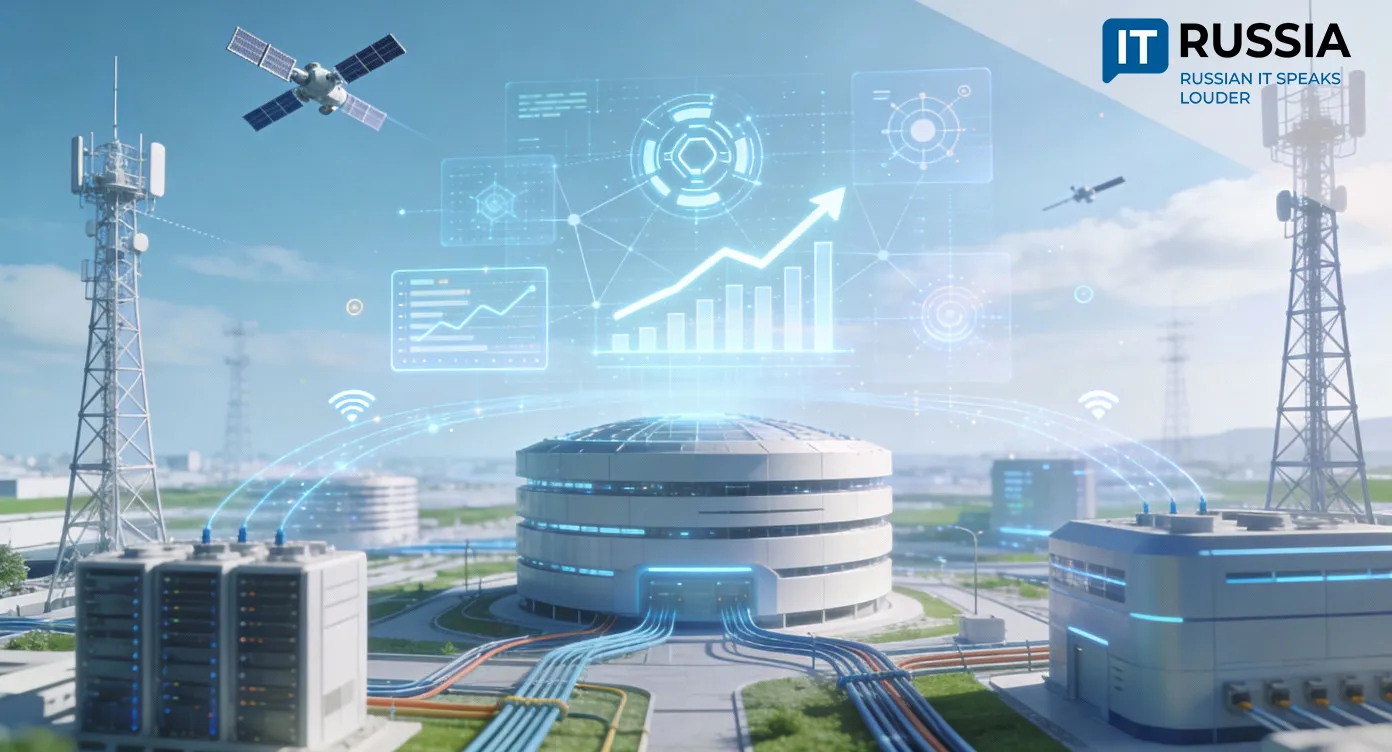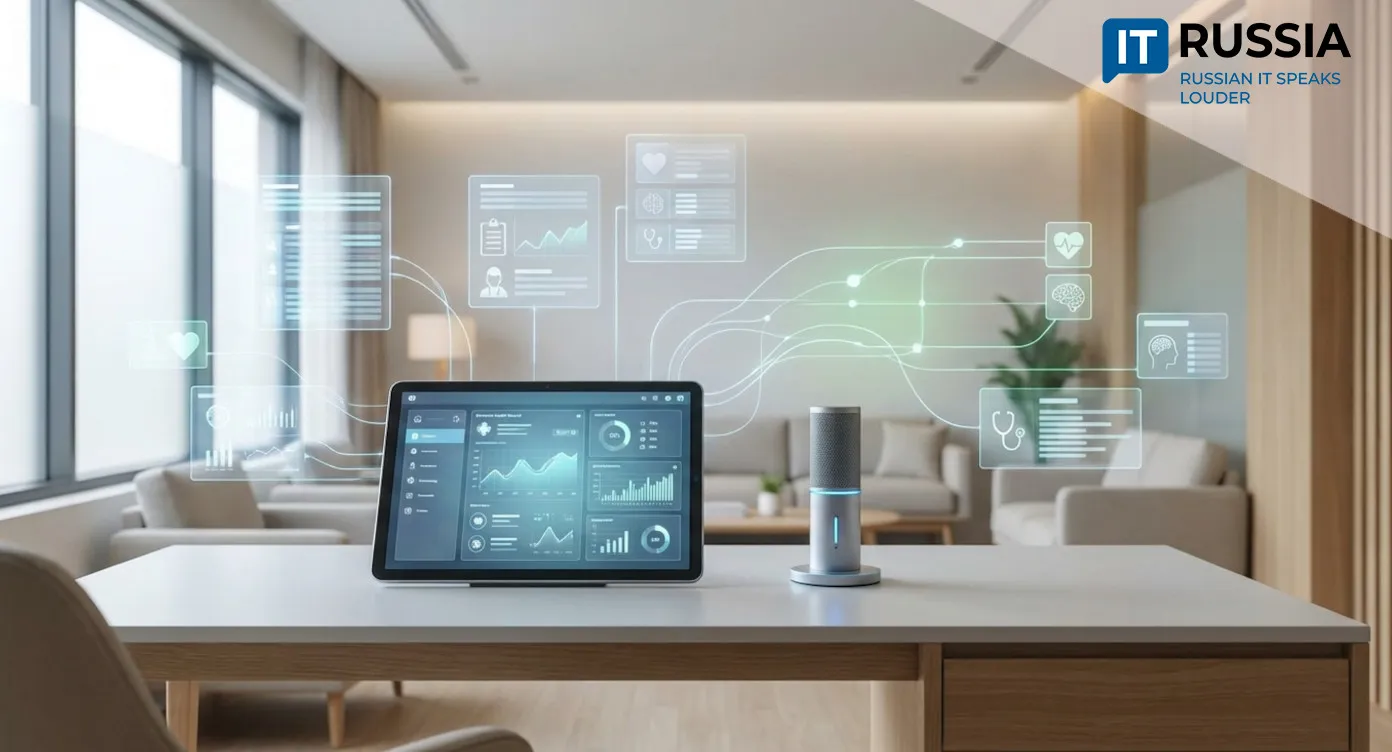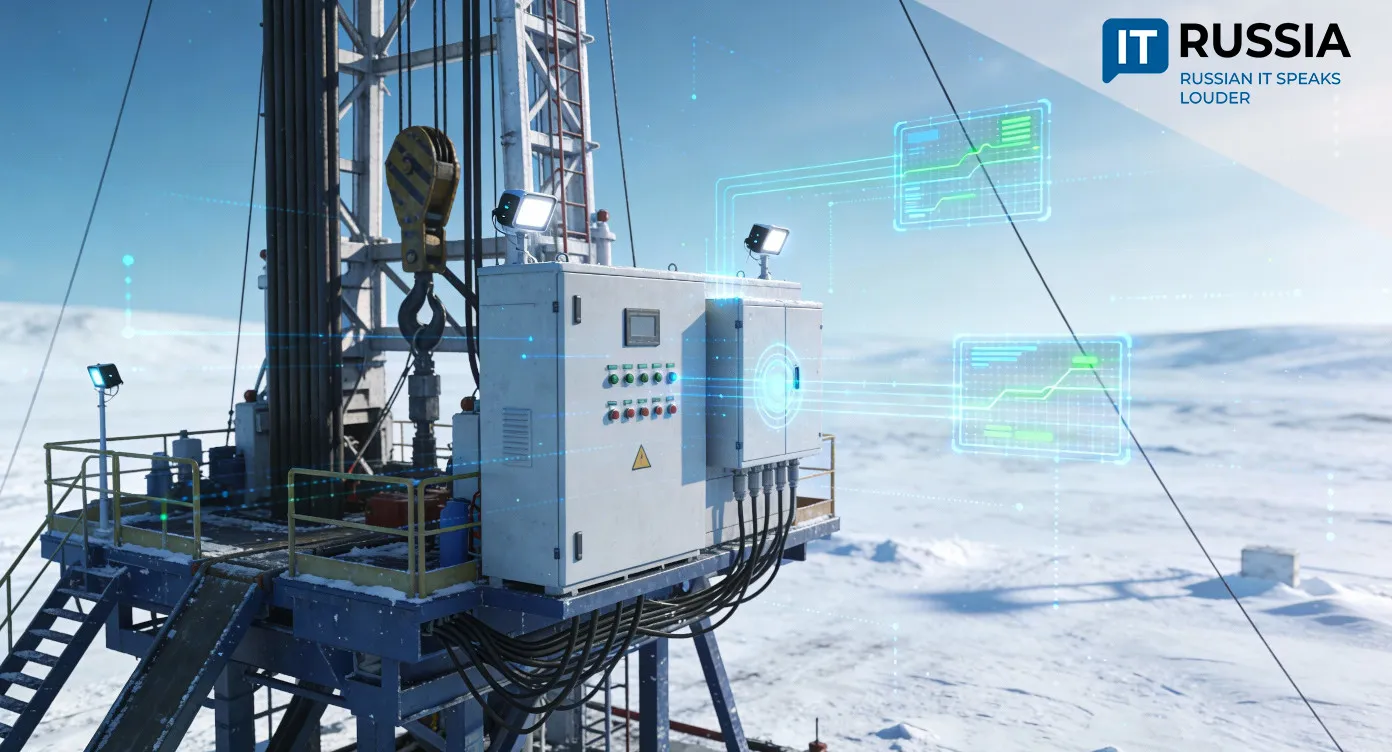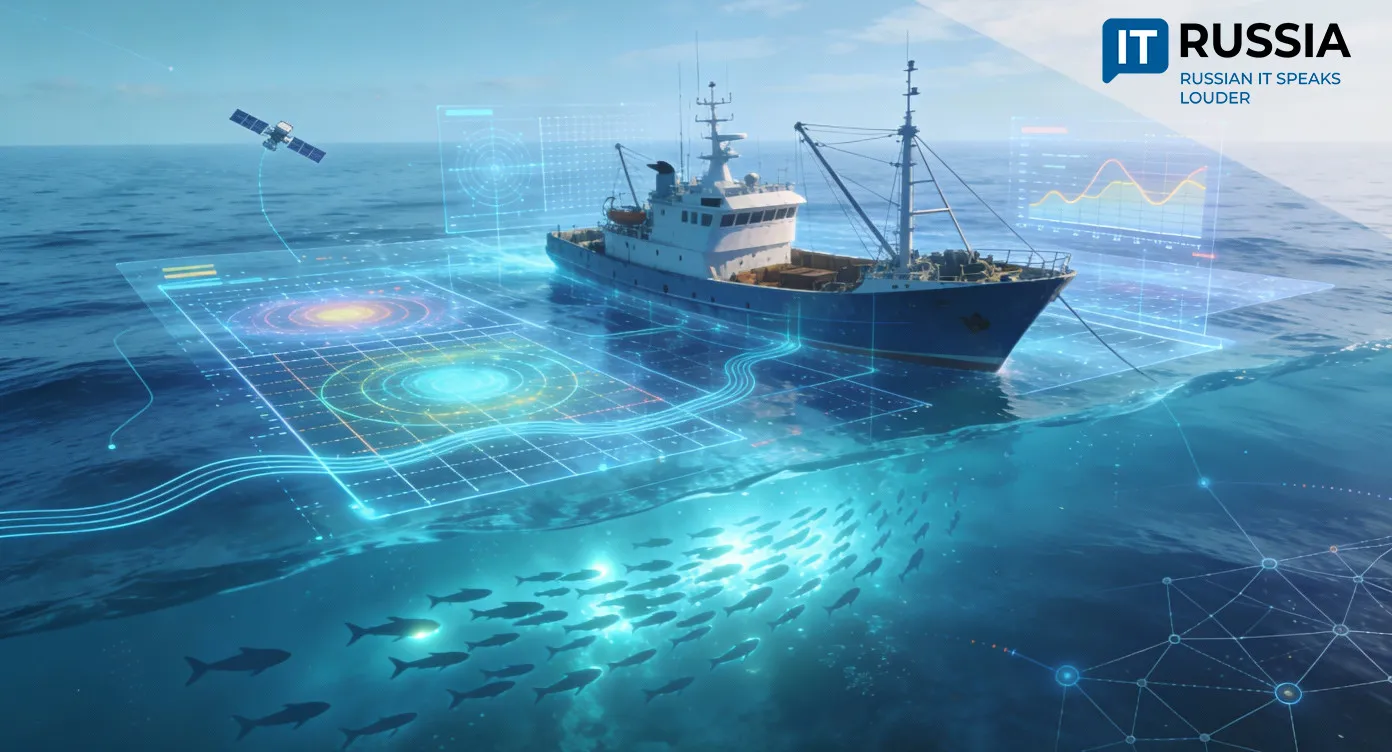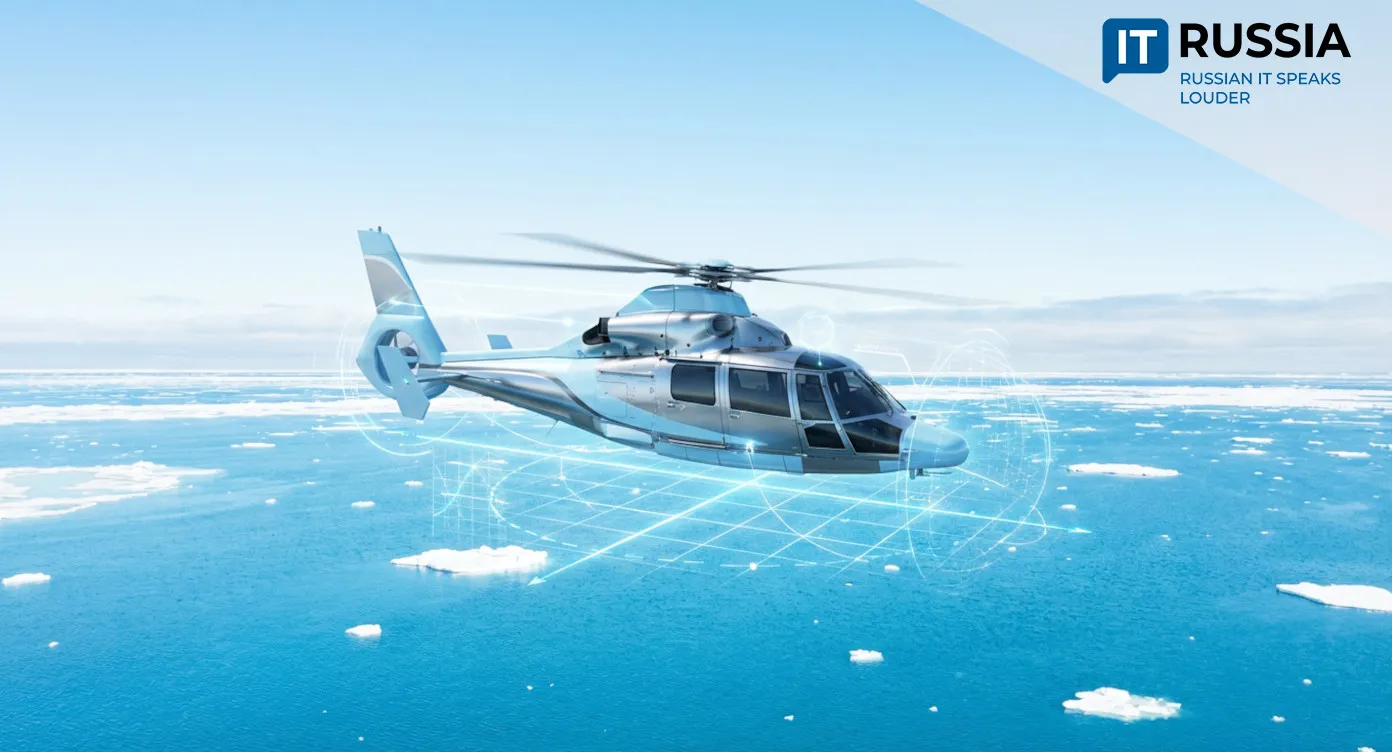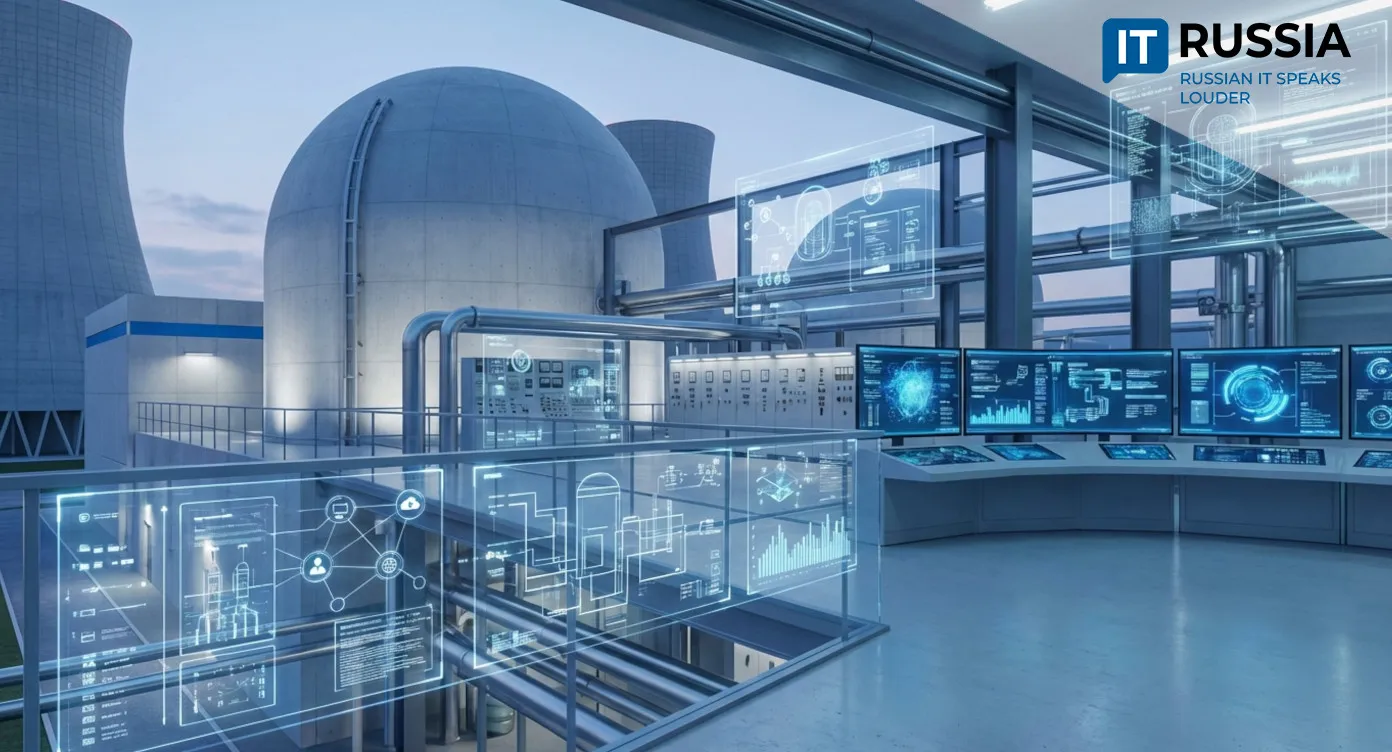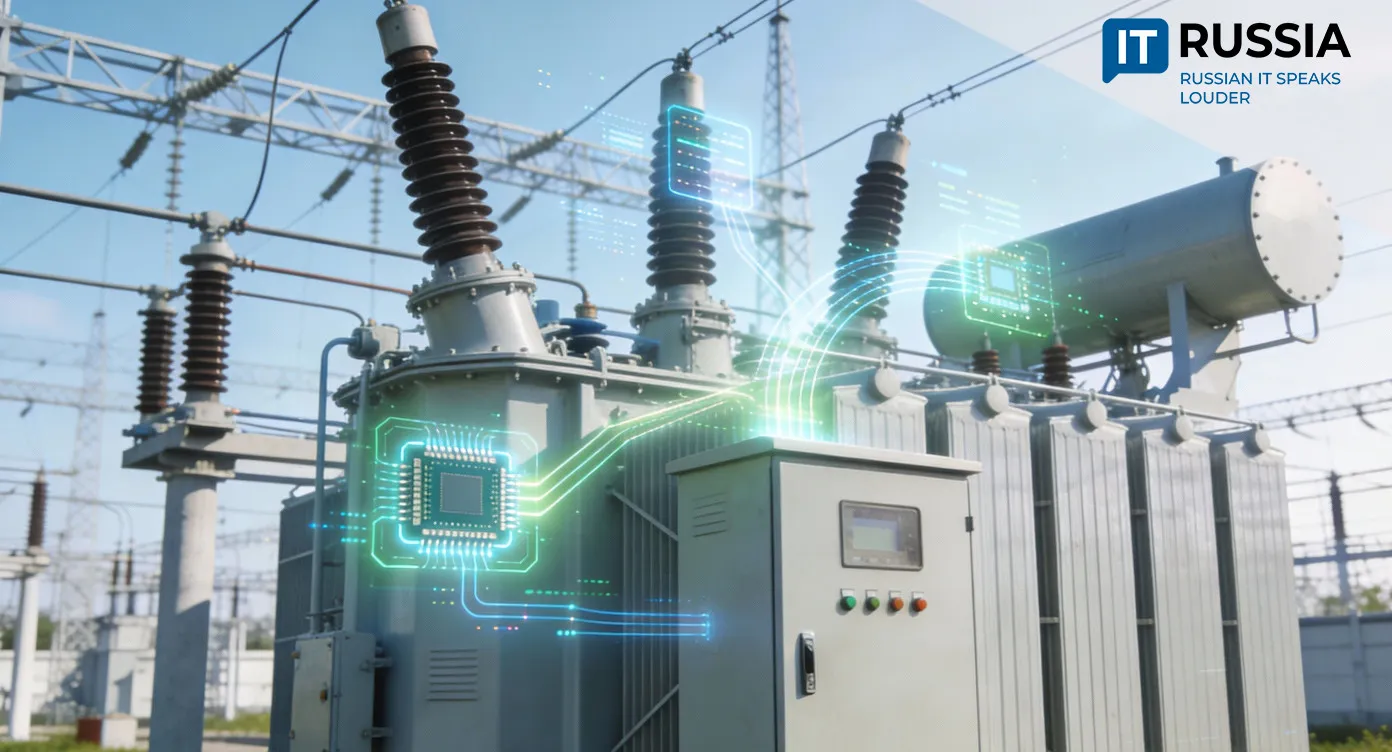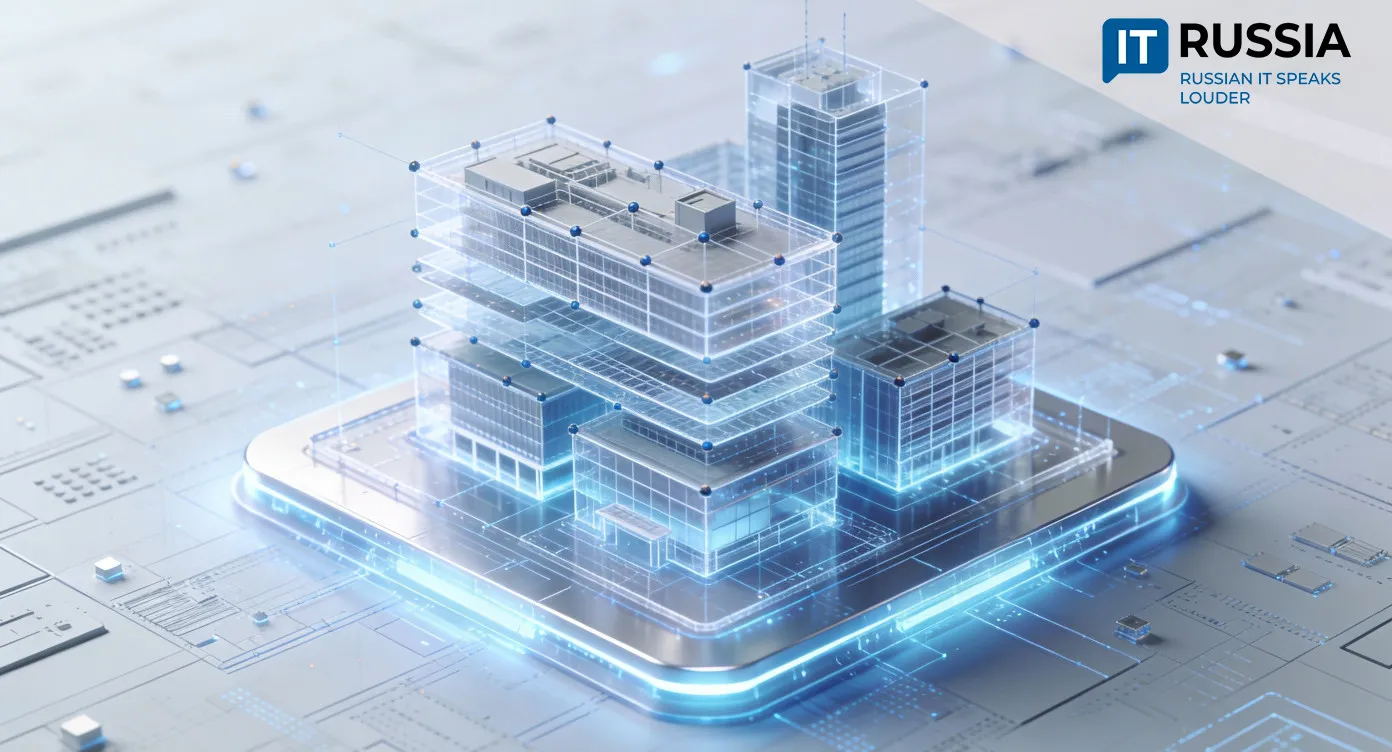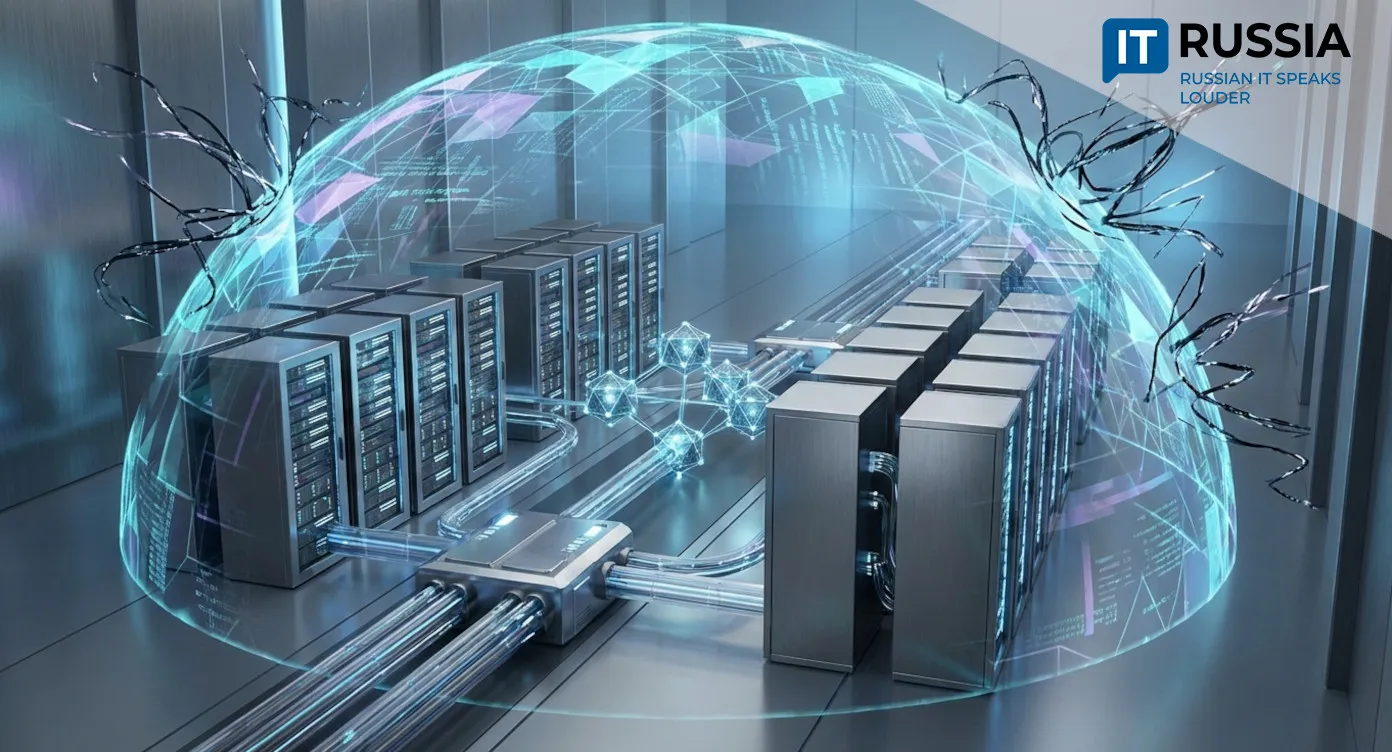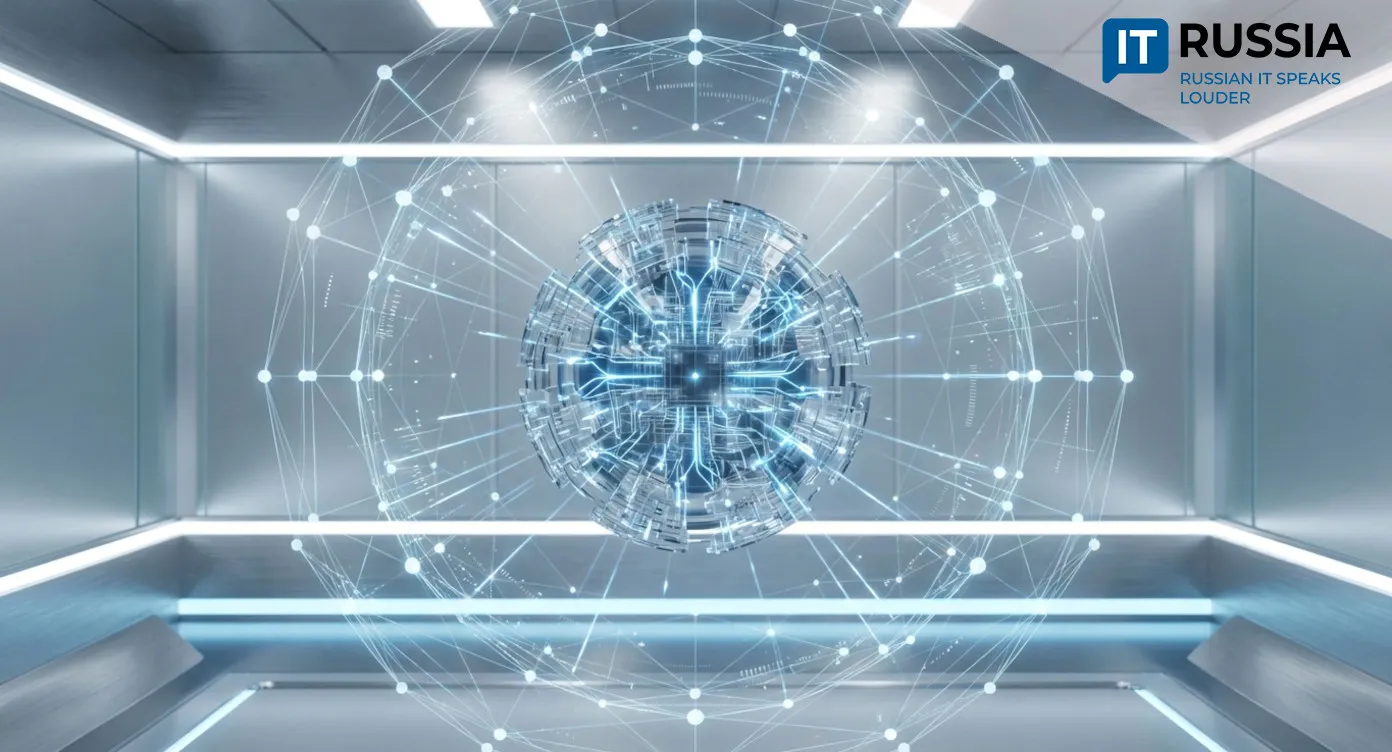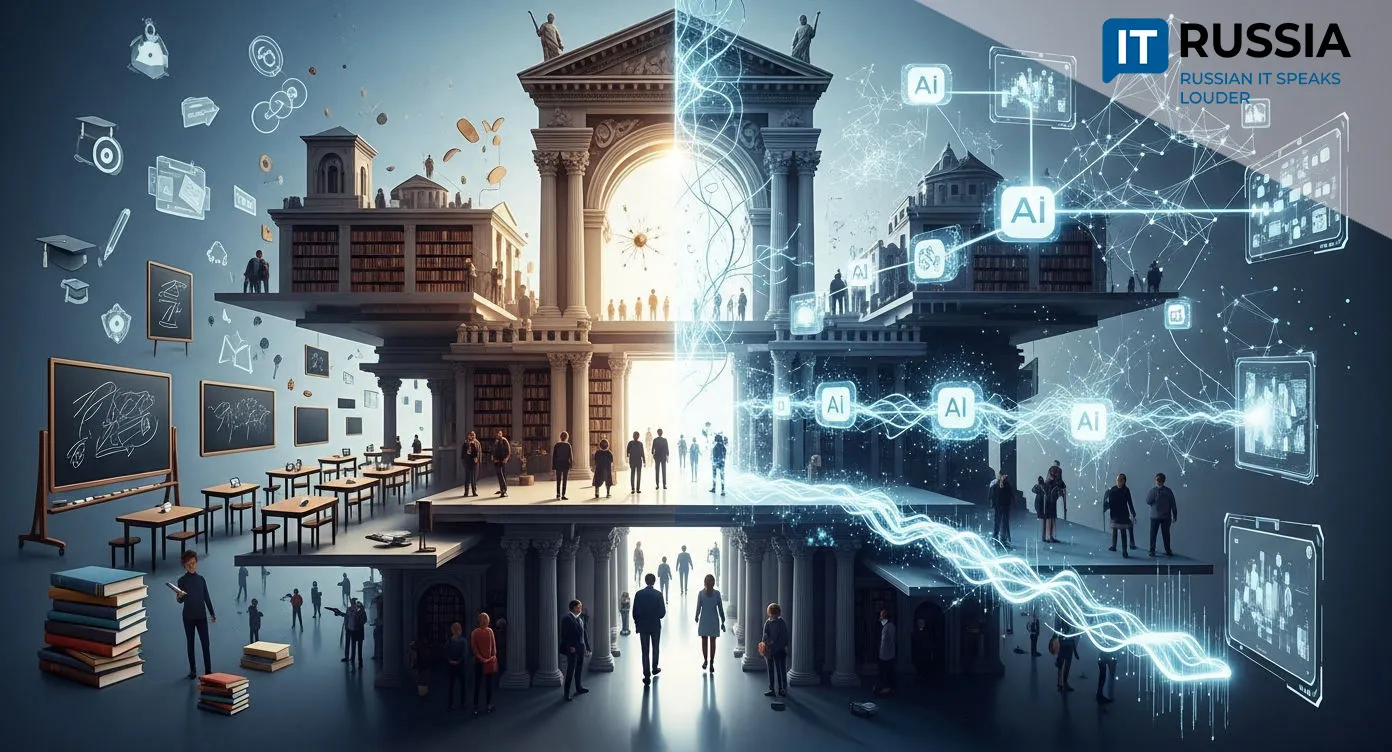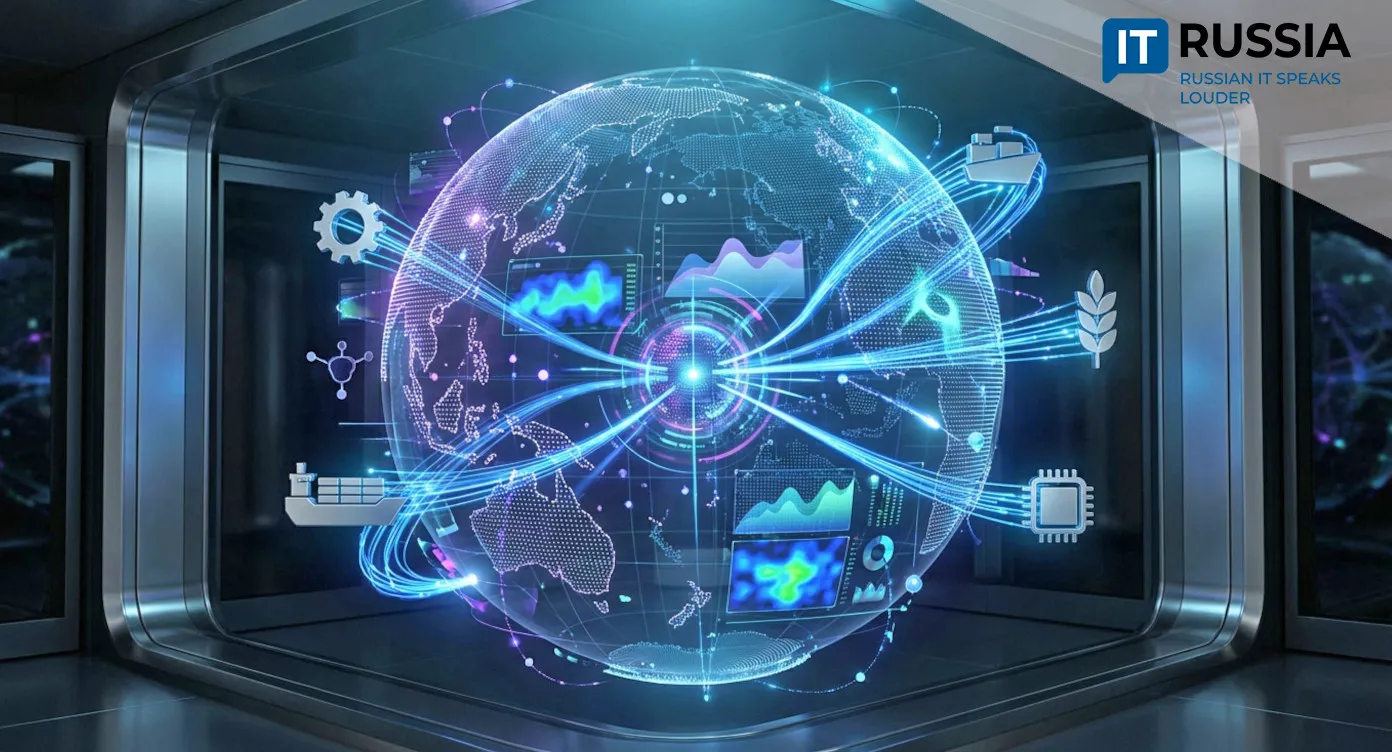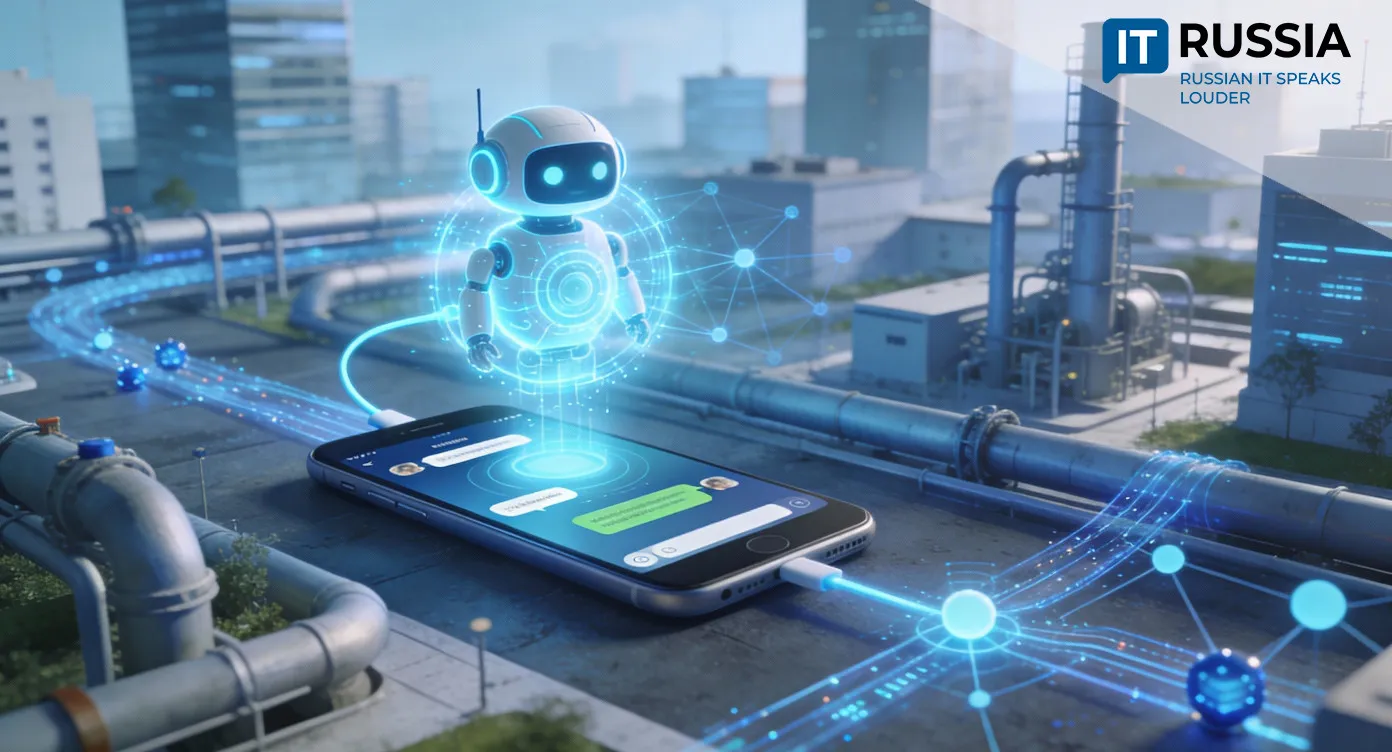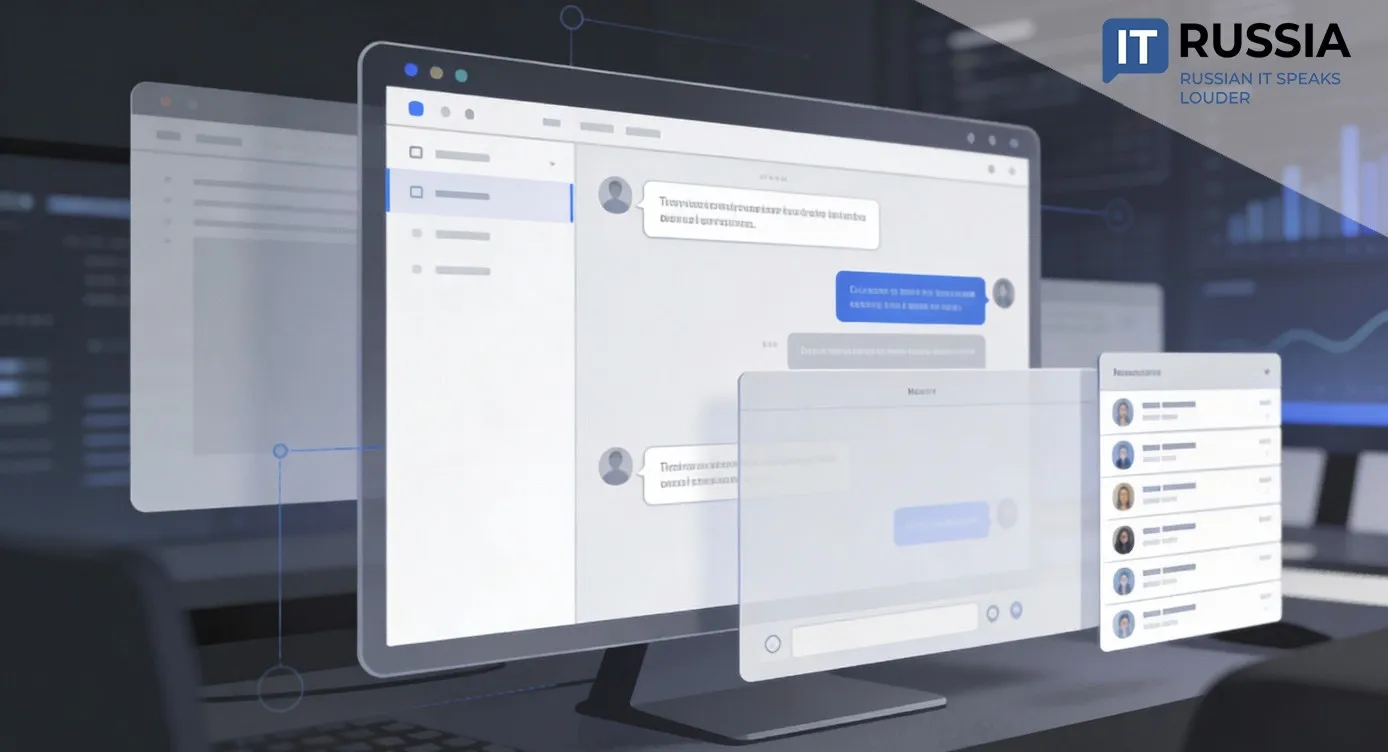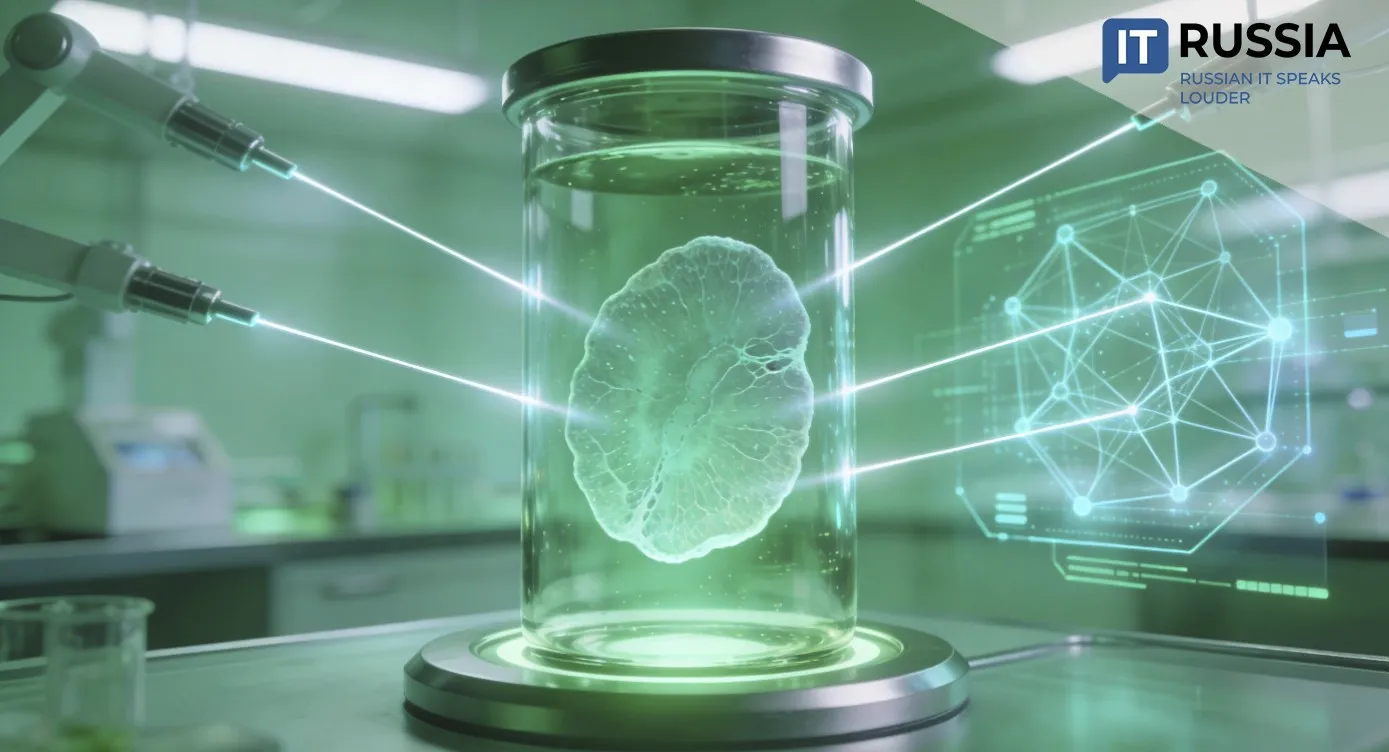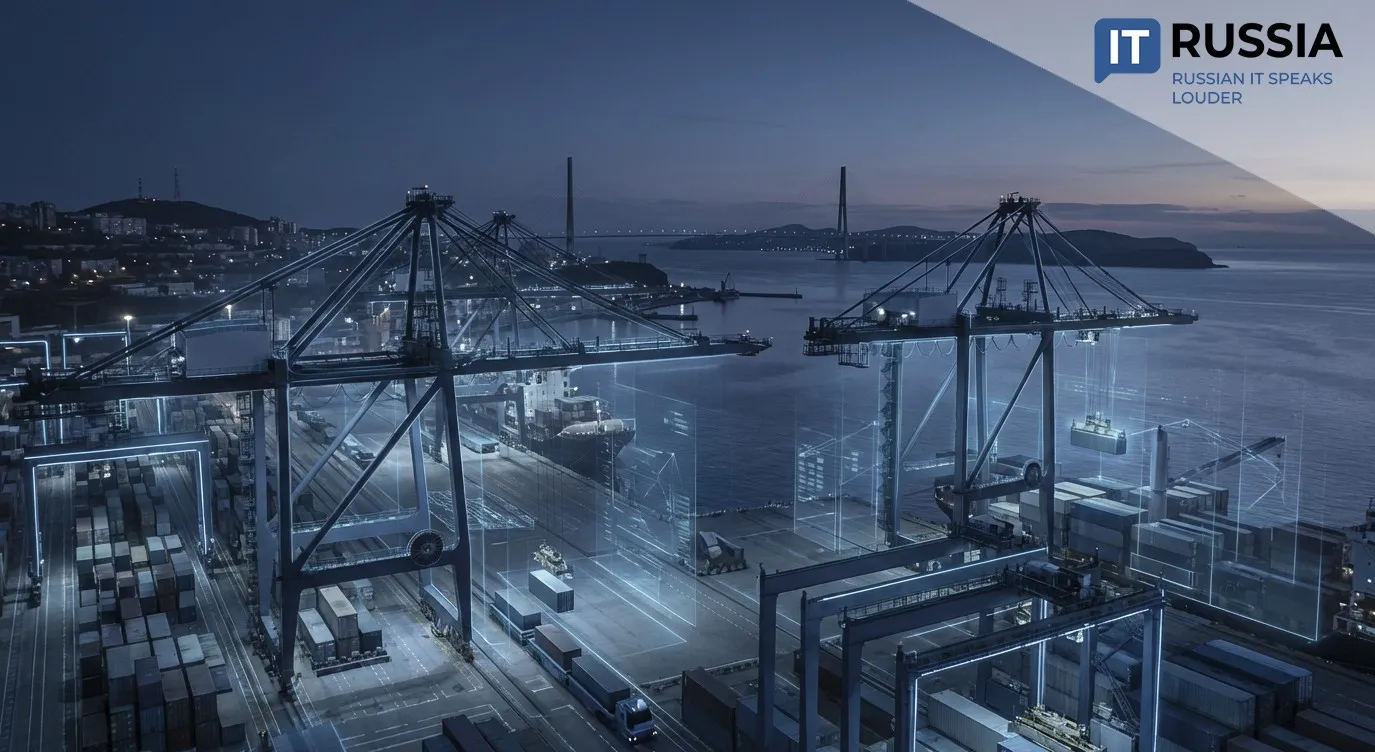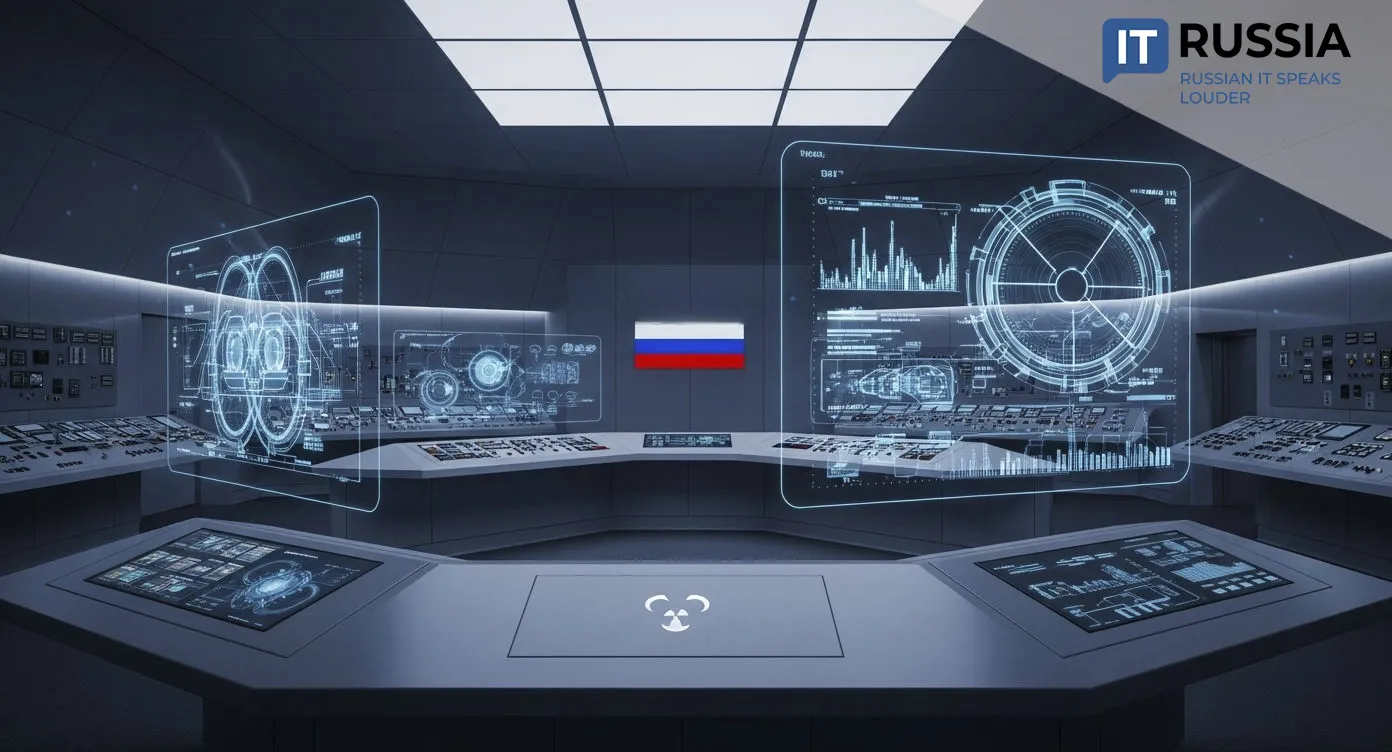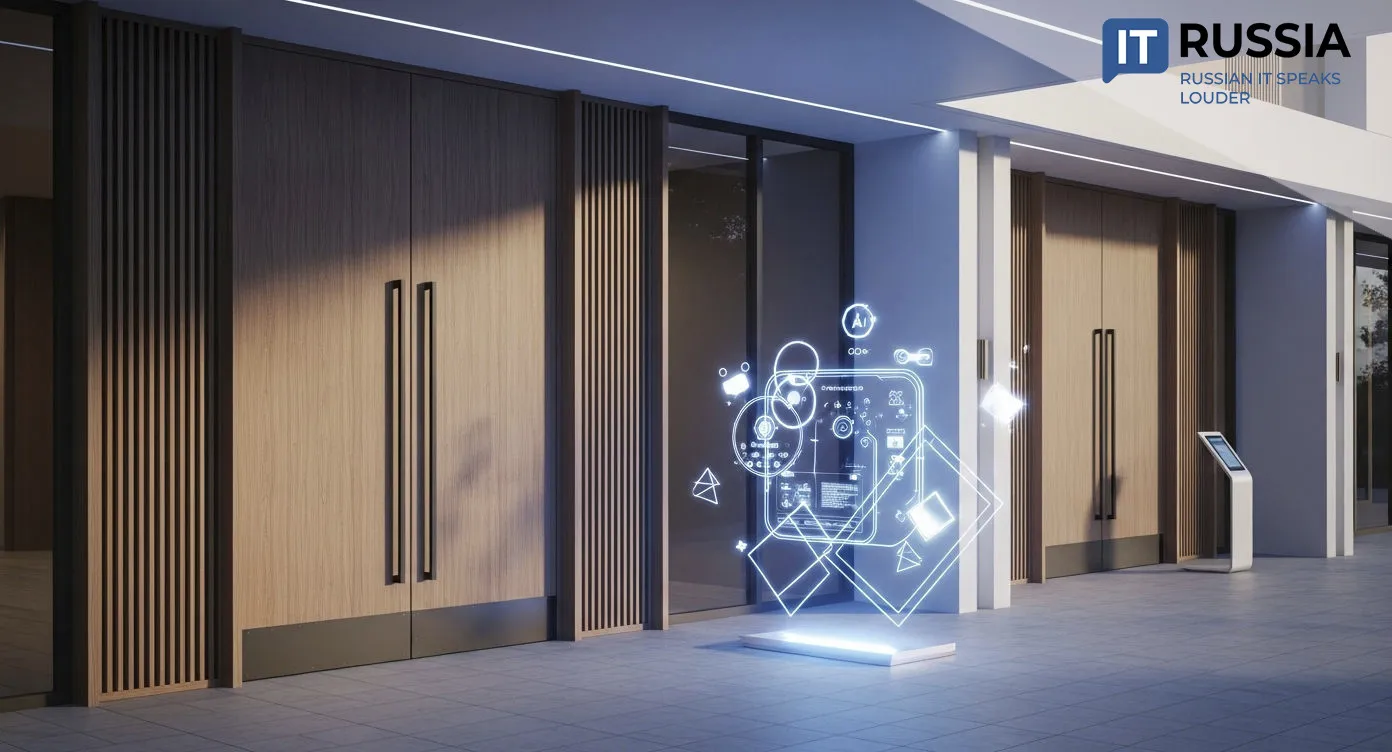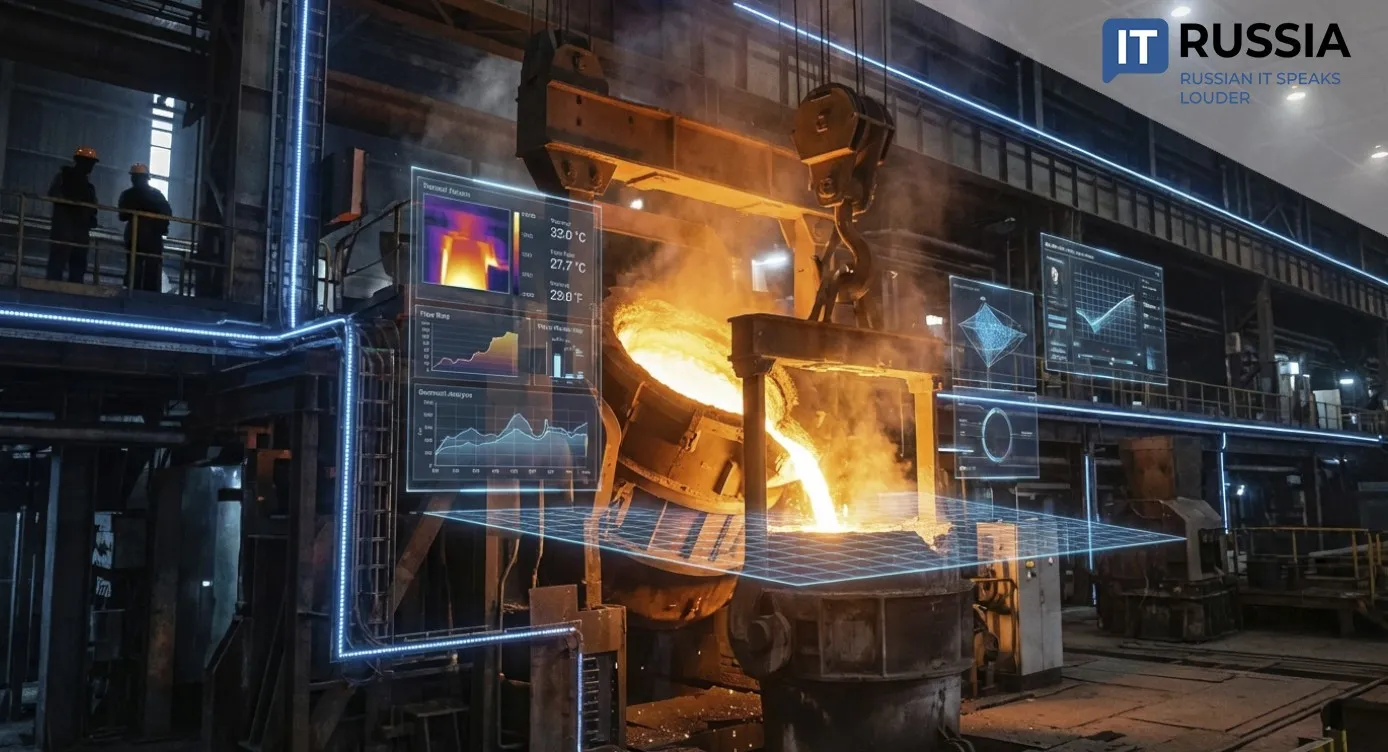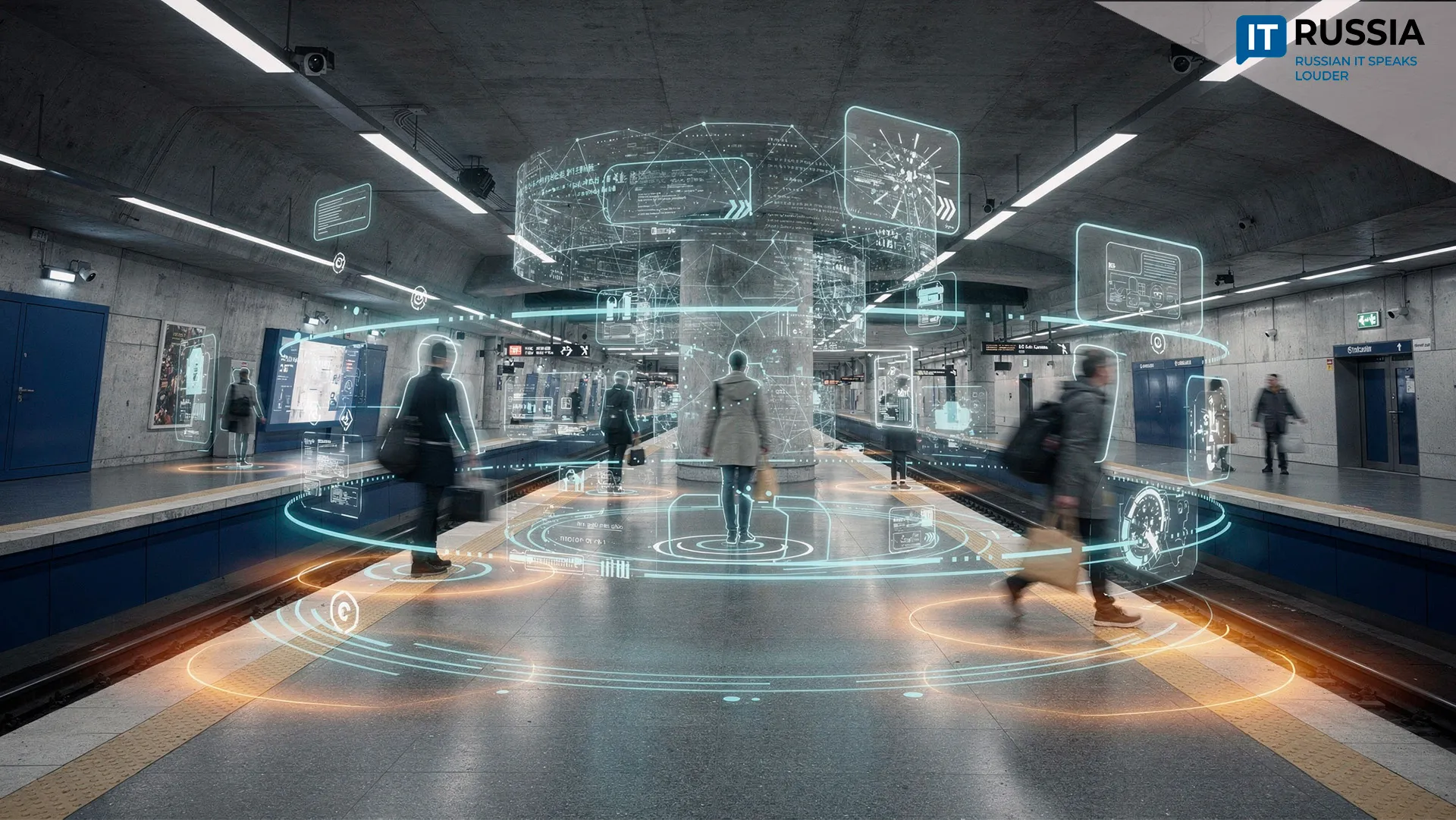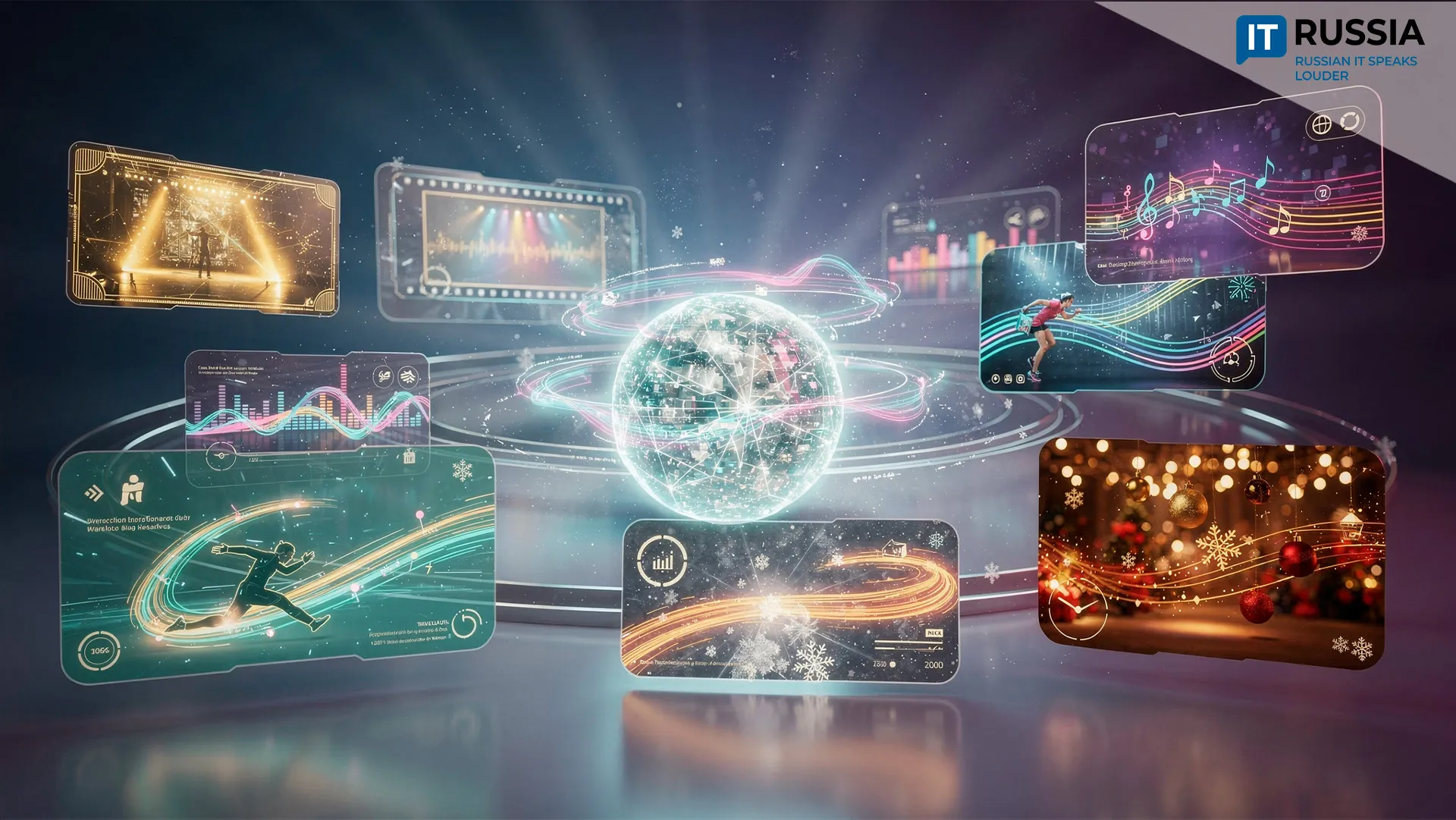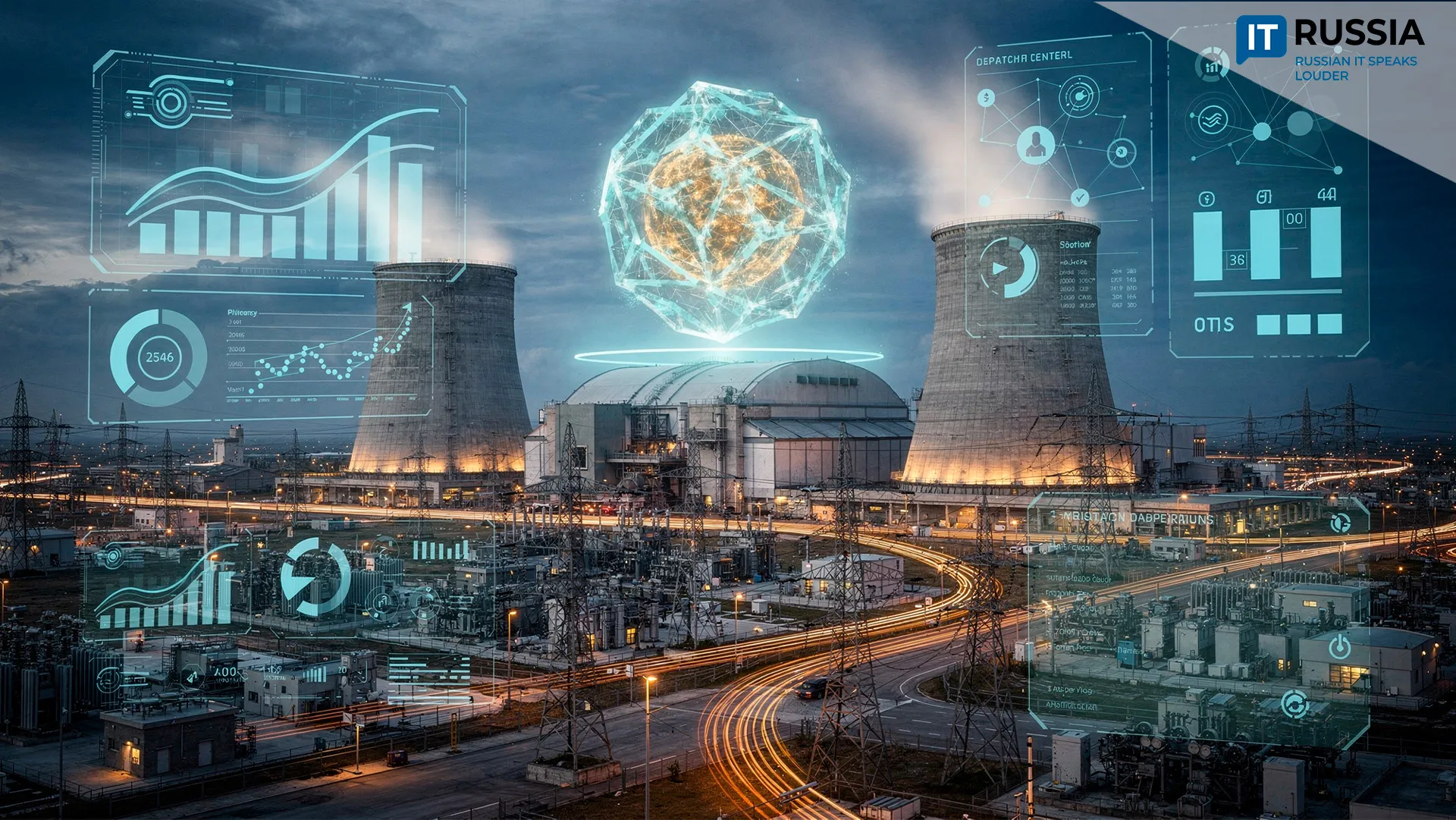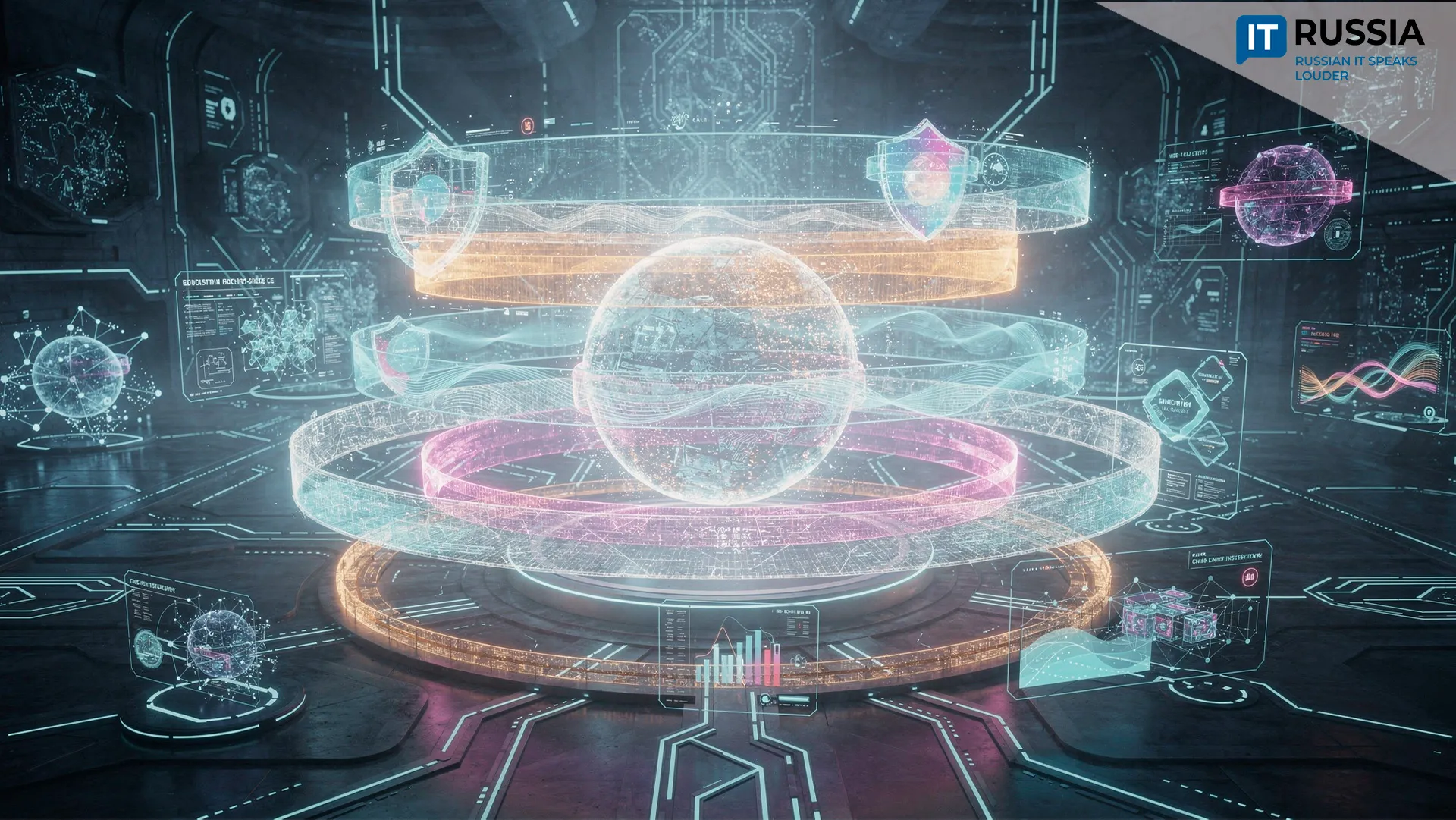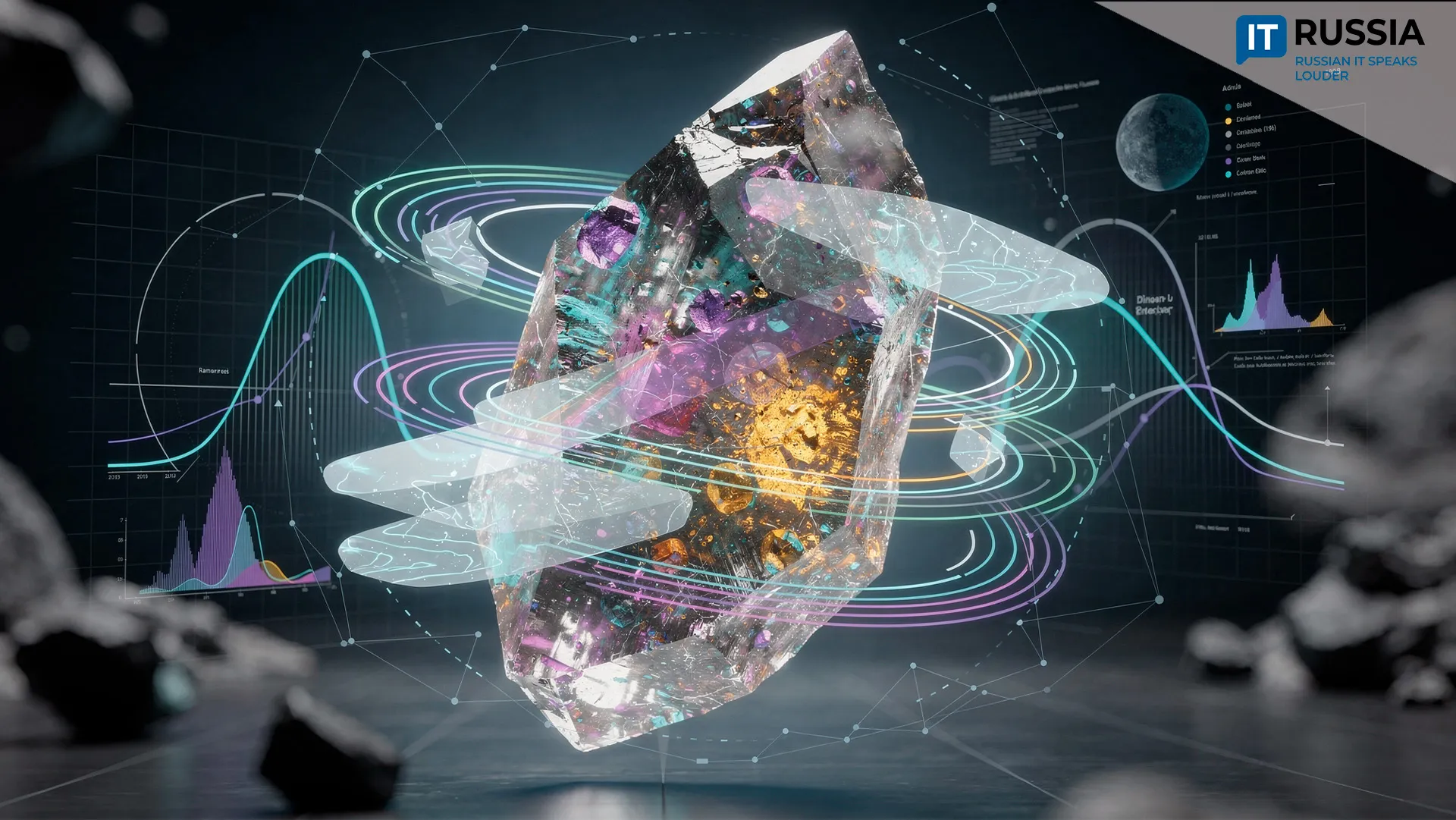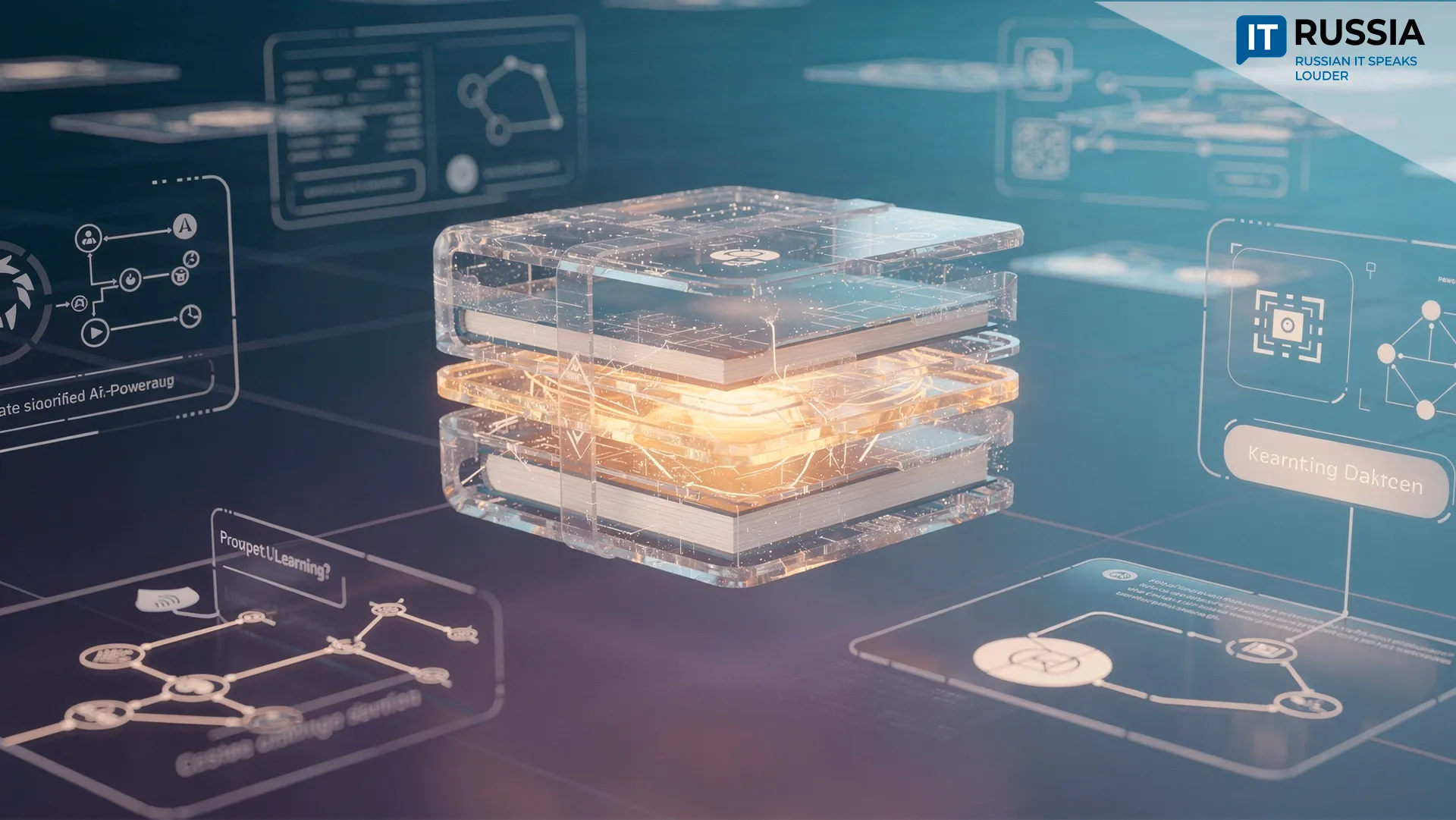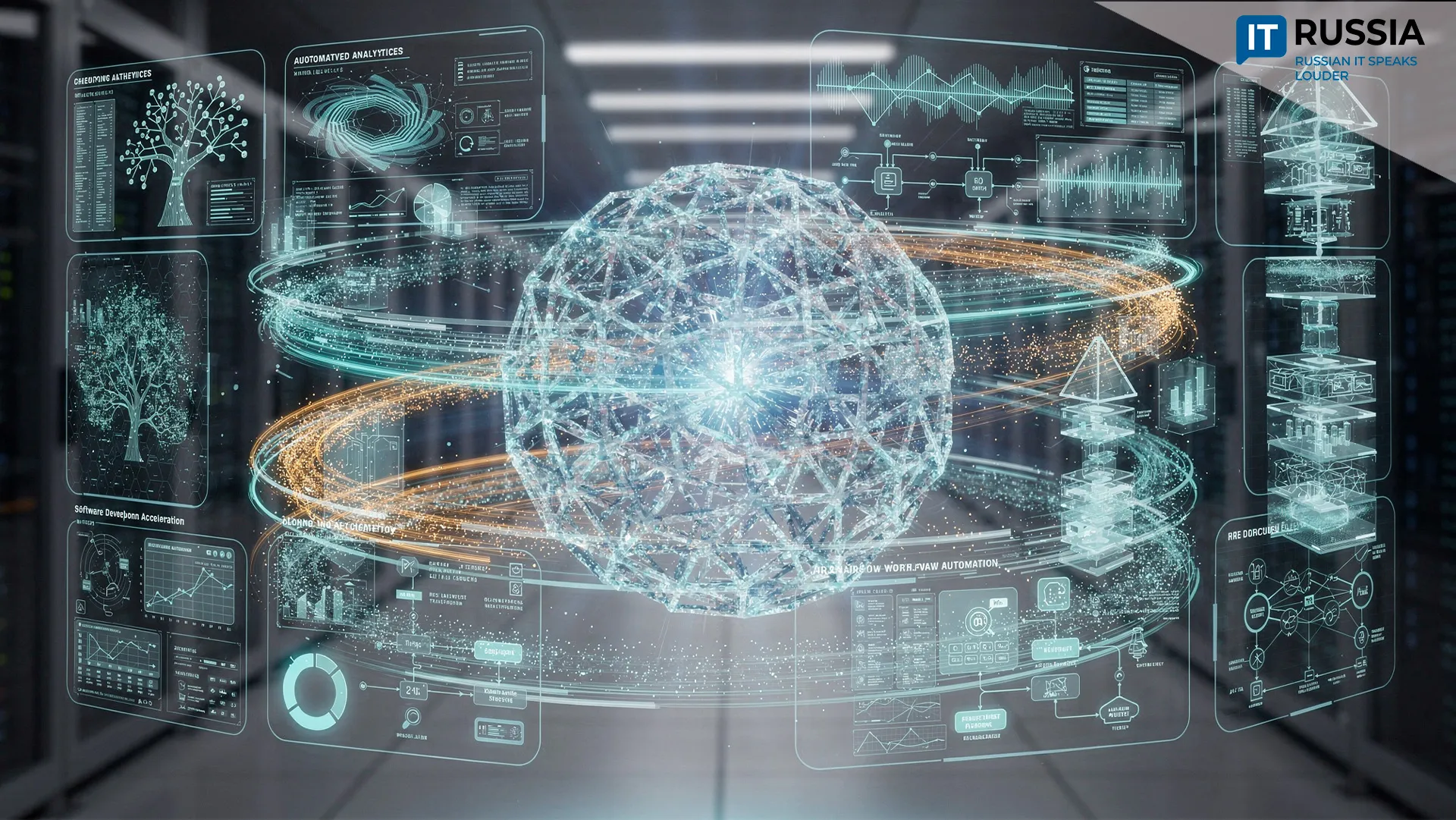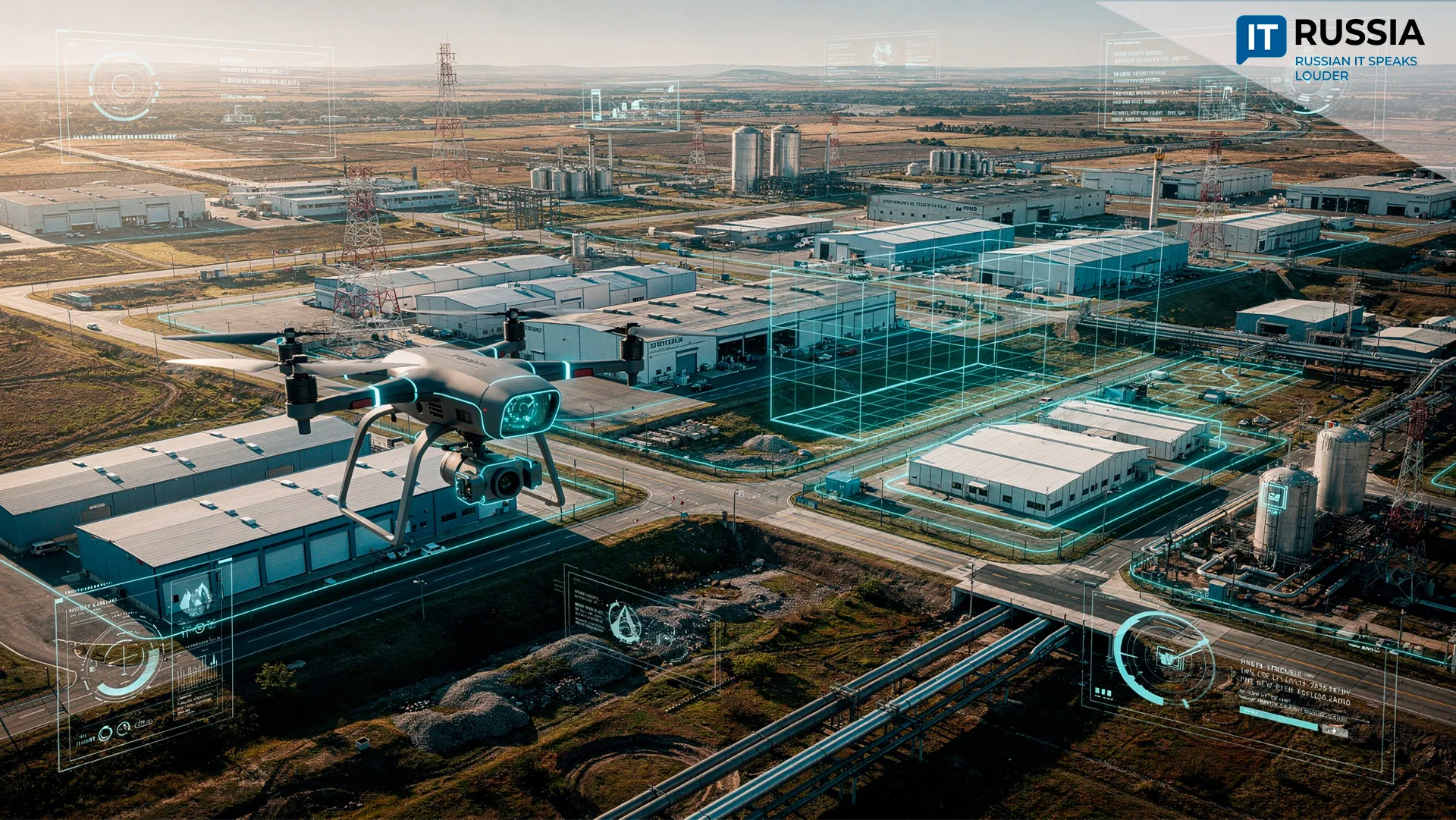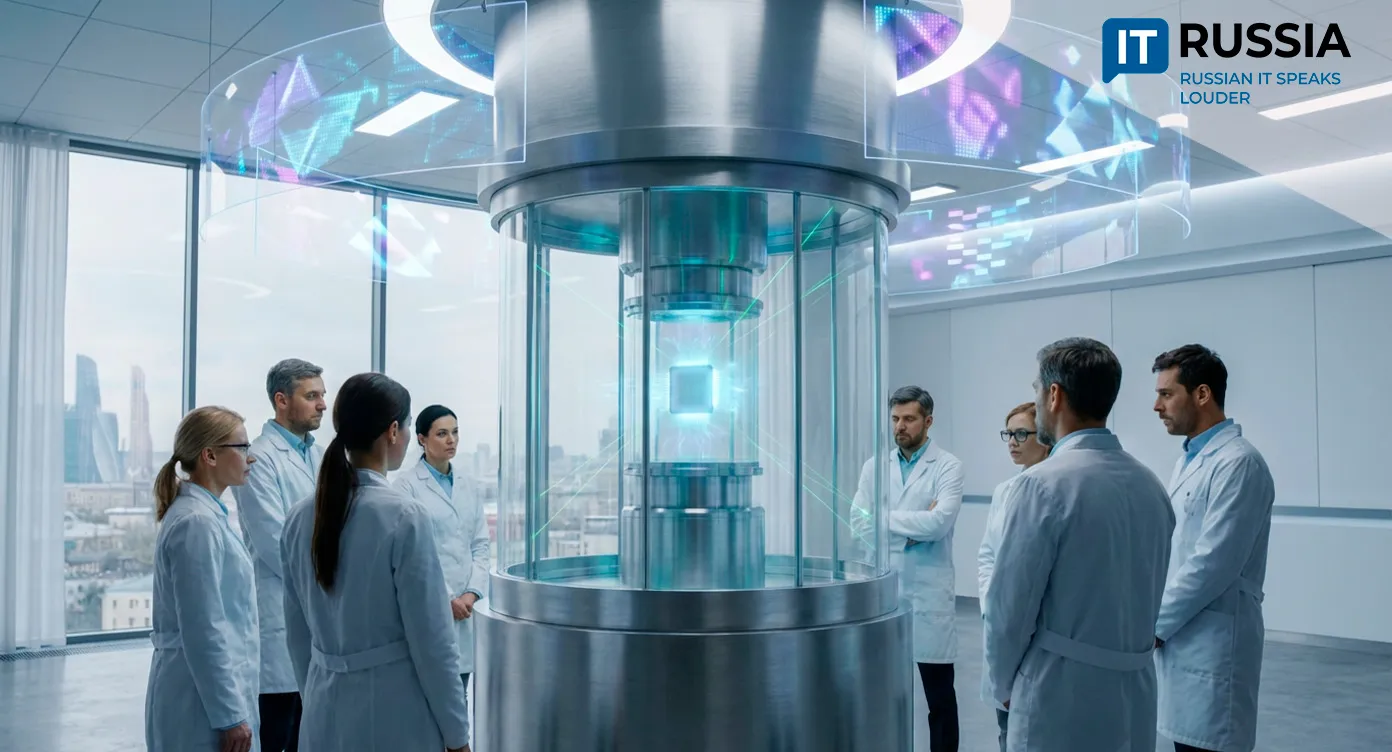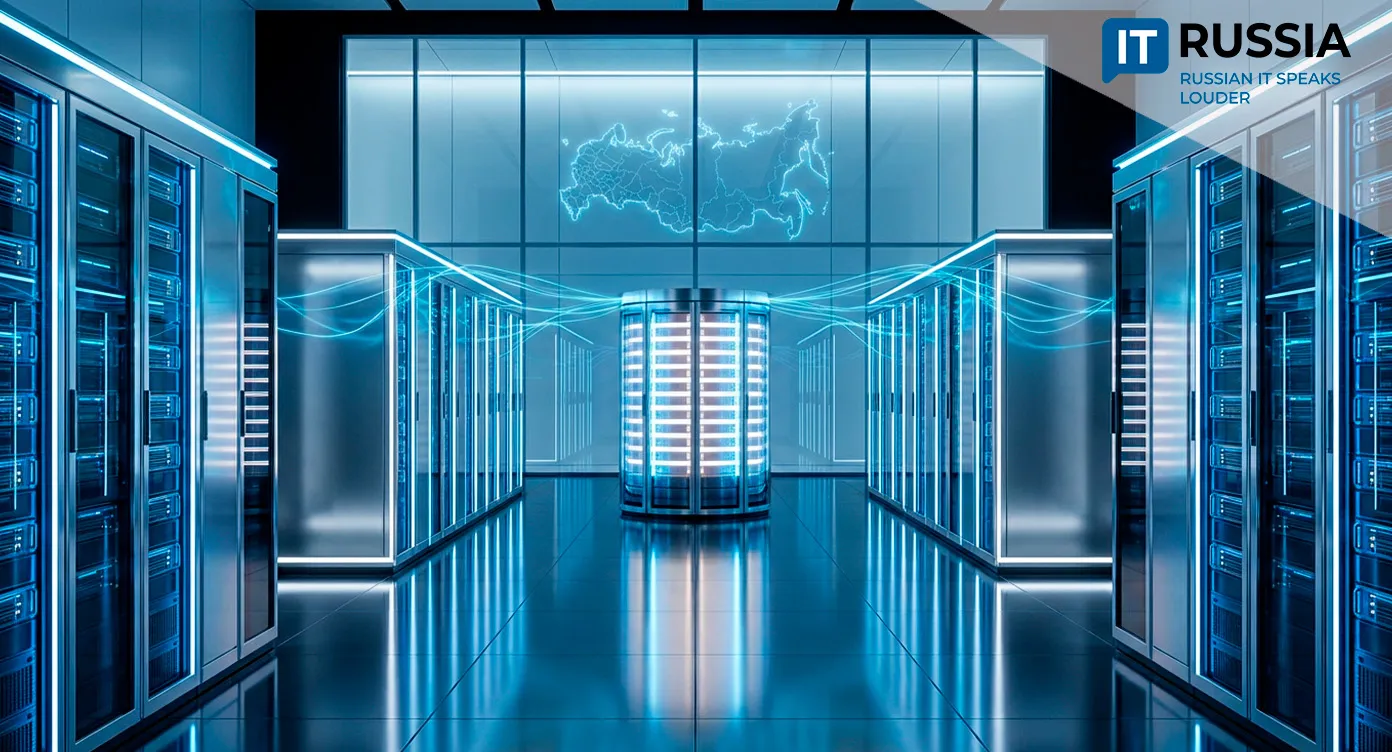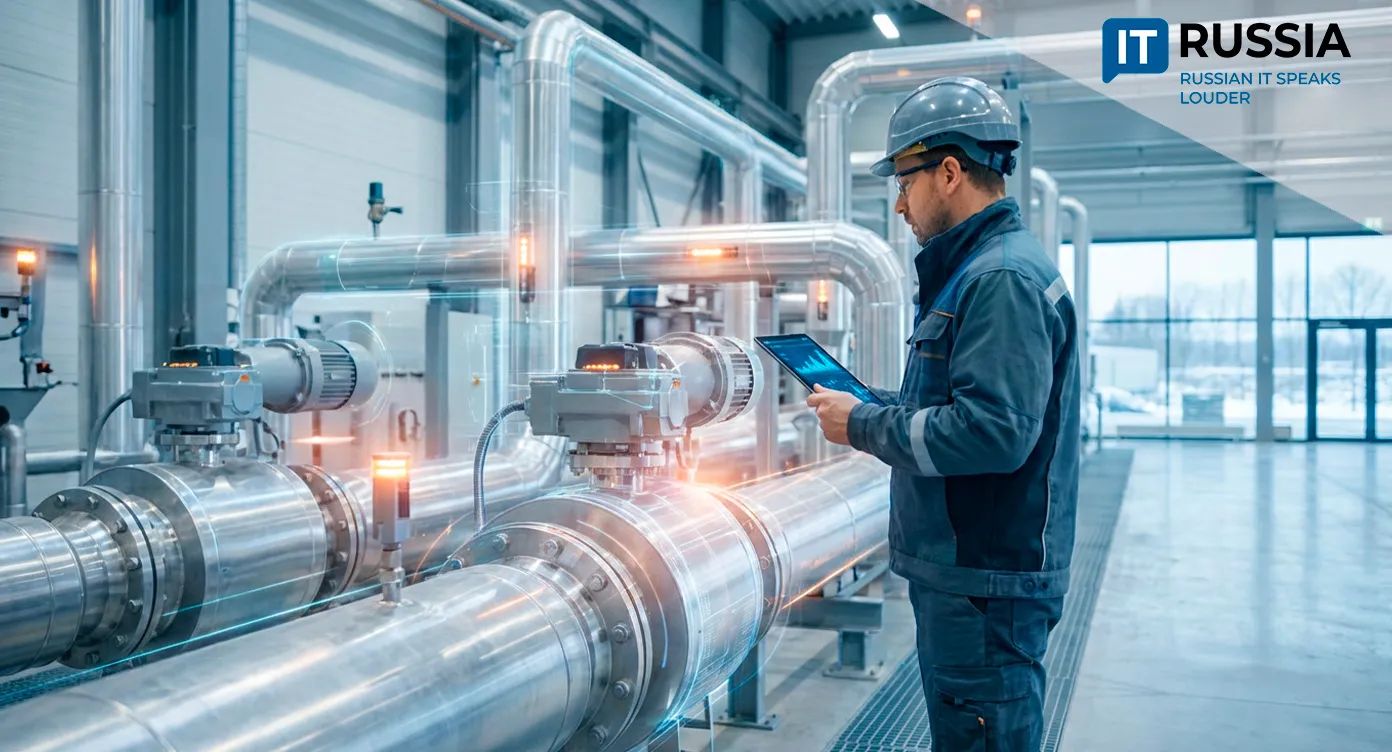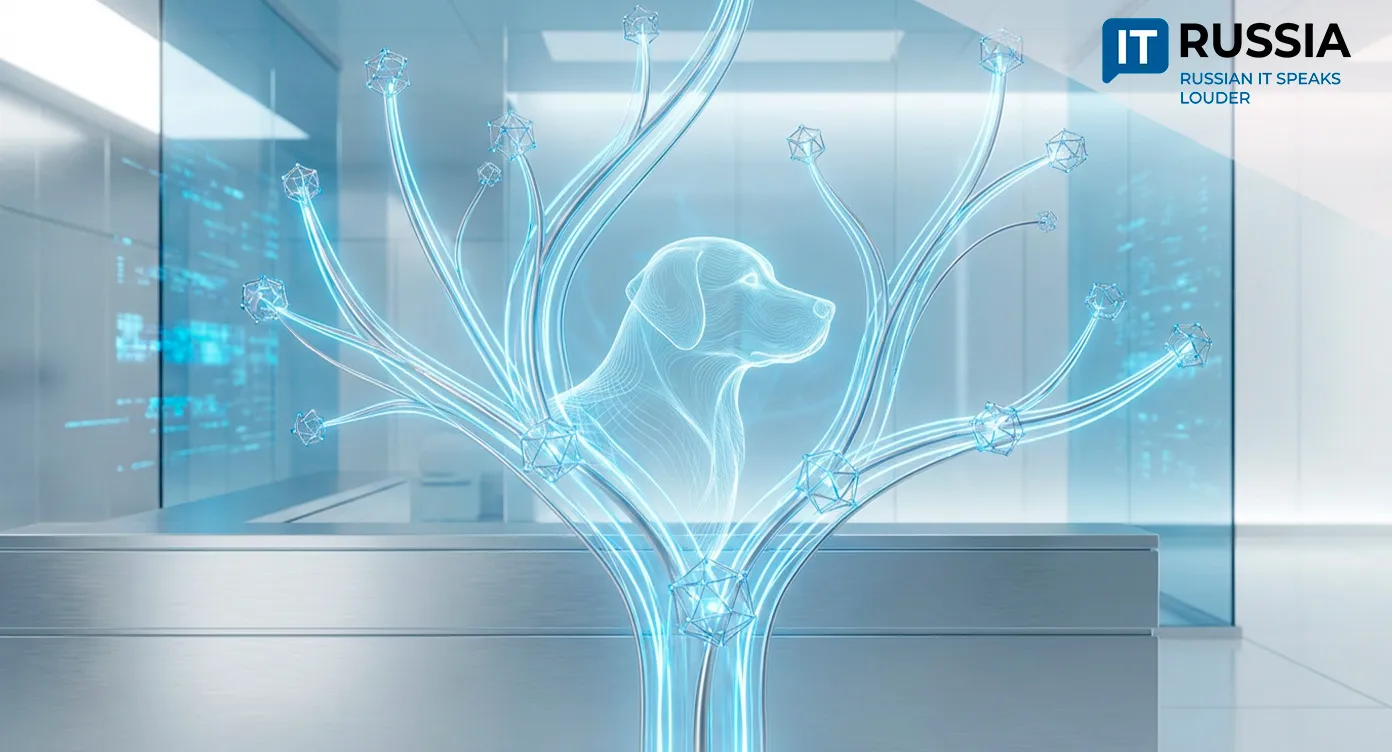Rosatom’s Knowledge Management System: A Digital Backbone for Global Nuclear Partnerships
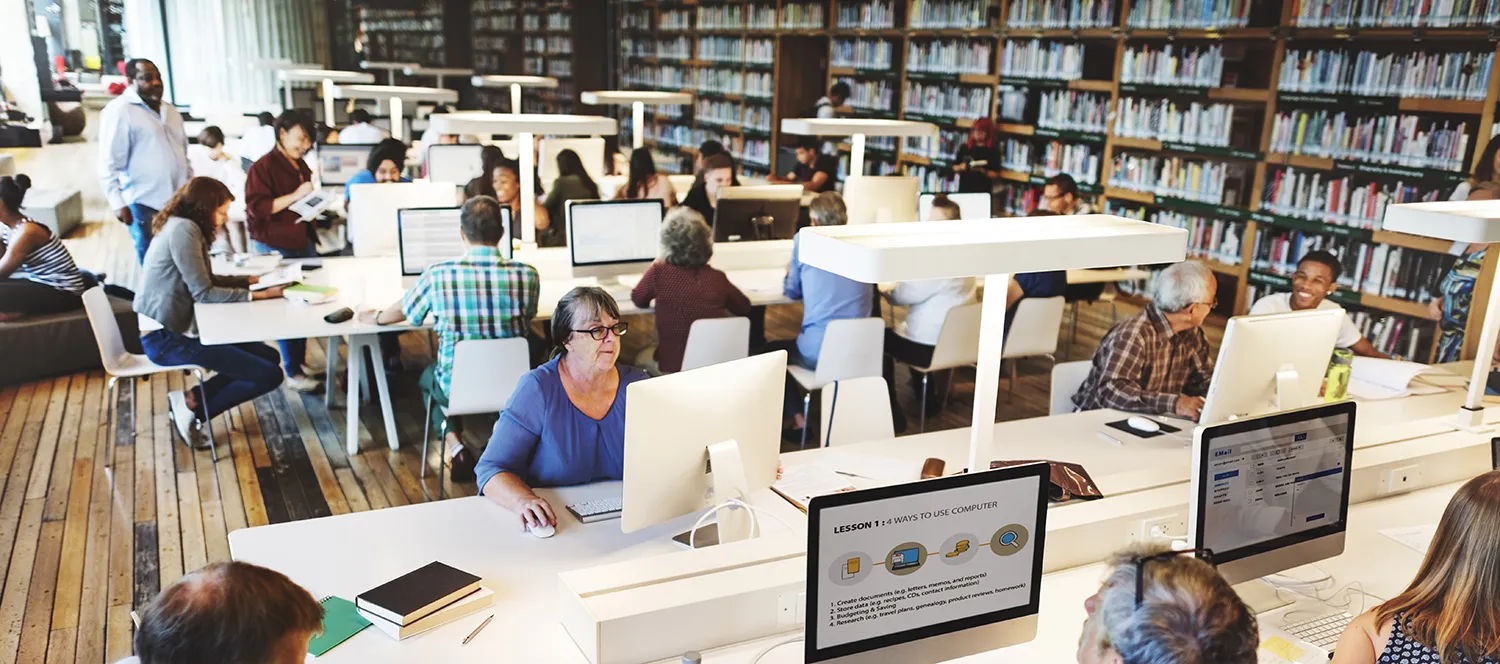
As the global South seeks energy independence through nuclear power, Russia’s Rosatom offers not only reactors but also a knowledge infrastructure that combines digitalization, safety, and long-term workforce development.
A System Built for Sovereignty and Safety
Rosatom’s Knowledge Management System (KMS) was first deployed in 2011–2012 to address critical challenges: technological sovereignty, asset protection, and nuclear safety. Structured around a modular digital architecture, KMS covers the entire knowledge lifecycle—from codification to dissemination.
The system features e-libraries, document repositories, mentoring frameworks, and cutting-edge tools such as VR/AR simulators and digital competency passports. These tools support hundreds of thousands of users worldwide in acquiring, transferring, and applying nuclear expertise in real-world settings.
For instance, VR simulators immerse operators in interactive training environments—reducing risks and enhancing operational readiness.
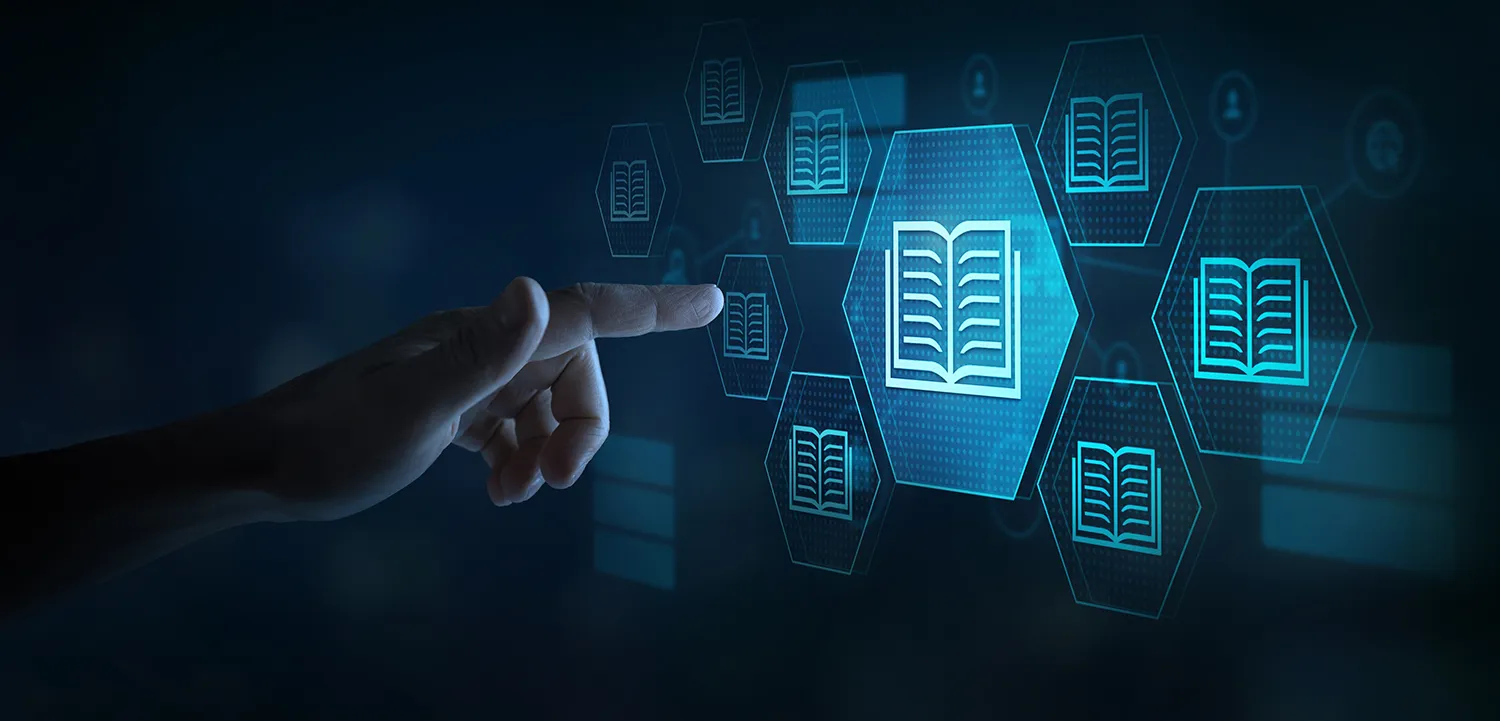
Exporting Digital Expertise Alongside Reactors
Since 2017, Rosatom has internationalized KMS through a consortium model for licensing and adaptation. The system supports multi-language interfaces and customized modules for partner countries.
KMS has already been deployed in Egypt, India, and Bangladesh as part of new-build nuclear power projects. It assists in staff training, project documentation, and long-term operations readiness.
Rosatom’s Technical Academy, recognized by the IAEA as a knowledge management hub, conducts training sessions for engineers from Africa, Asia, and the CIS. This global validation boosts KMS adoption and reinforces Russia’s strategic role in nuclear development.
Building Capacity in the Global South
KMS addresses a major barrier in the global South—insufficient human capital in nuclear engineering. Through digital mentorship and simulation, countries can build local expertise without relying entirely on foreign personnel.
Mentoring modules foster institutional memory, while digital passports help track skill acquisition and workforce development. This approach enables countries to establish their own centers of excellence and move toward technological self-reliance.

Rosatom’s integrated 'NPP + KMS' offer ensures that training infrastructure is embedded from day one—making nuclear development both feasible and sustainable.
Digitalization as a Strategic Asset
KMS is not a standalone software suite—it’s a strategic layer that enhances every phase of the nuclear project lifecycle. Its VR/AR capabilities reduce training costs and improve preparedness. Its documentation systems centralize compliance and project knowledge.
By offering KMS as part of its international nuclear portfolio, Rosatom ensures its partners gain not only megawatts—but also institutional capability. In doing so, Russia strengthens its market position while contributing to a more equitable global nuclear landscape.


